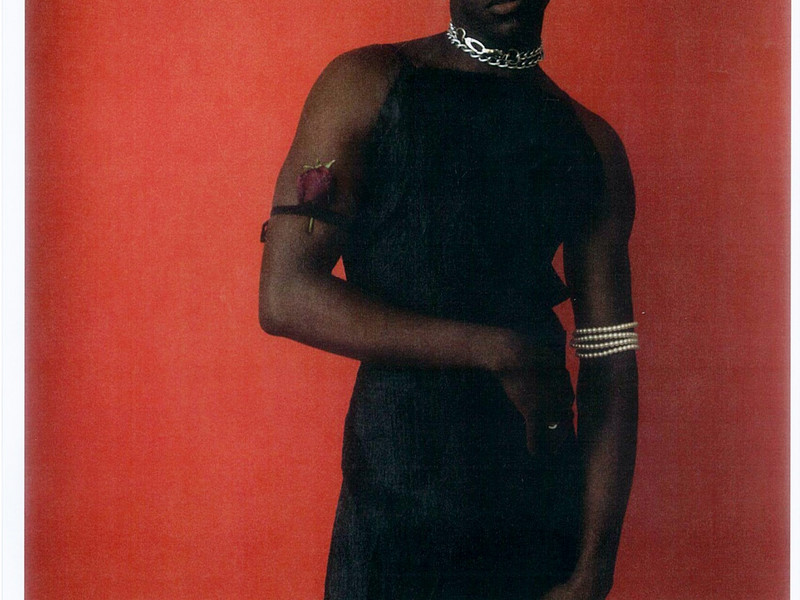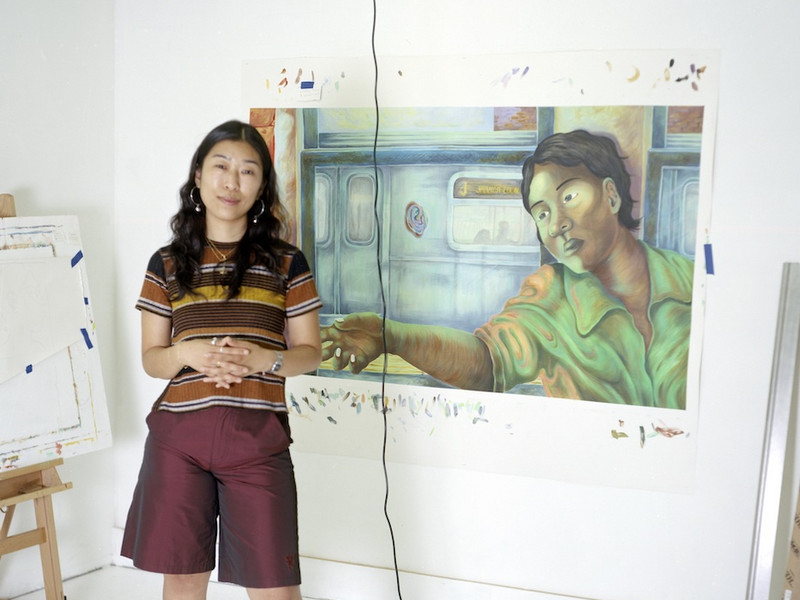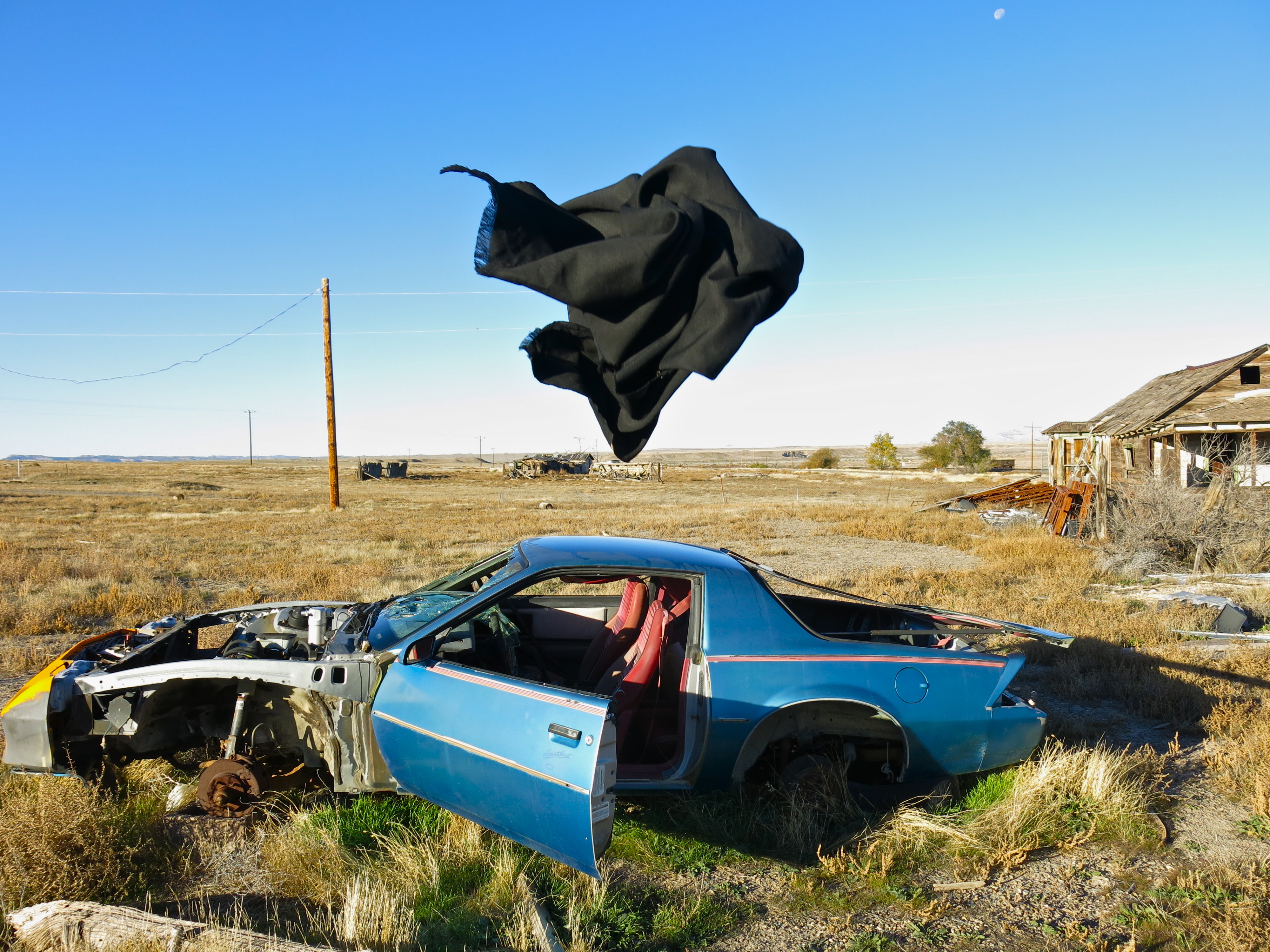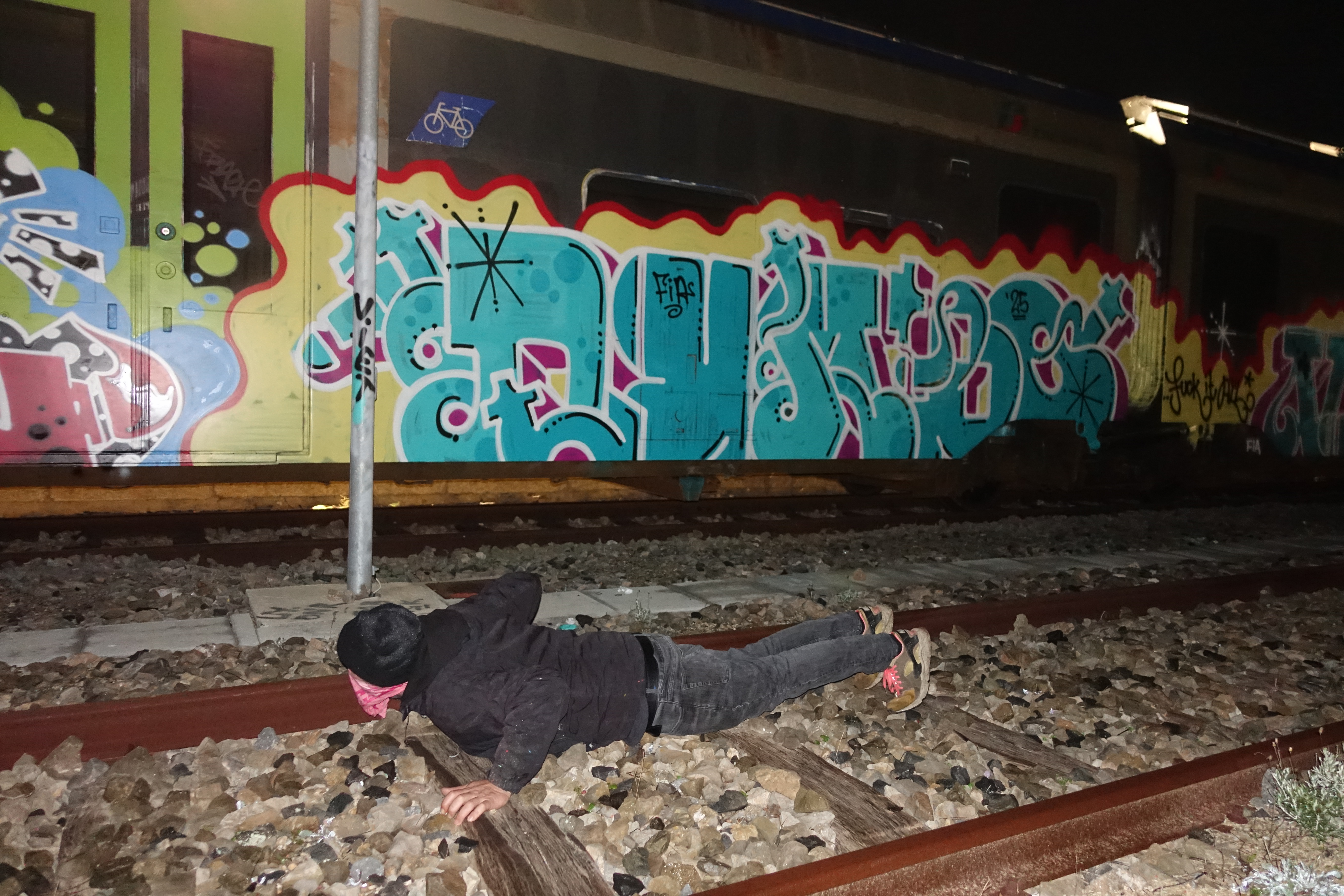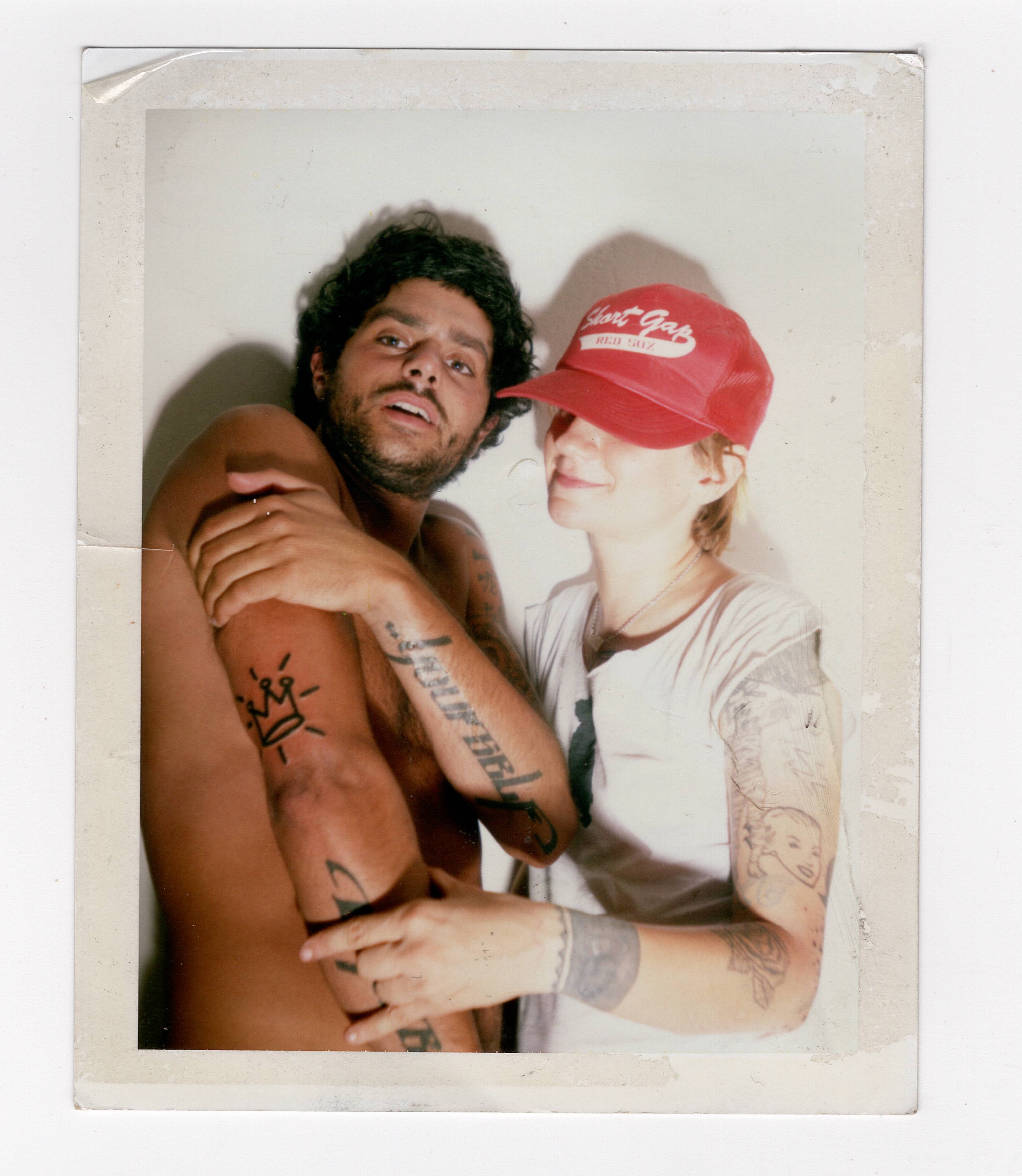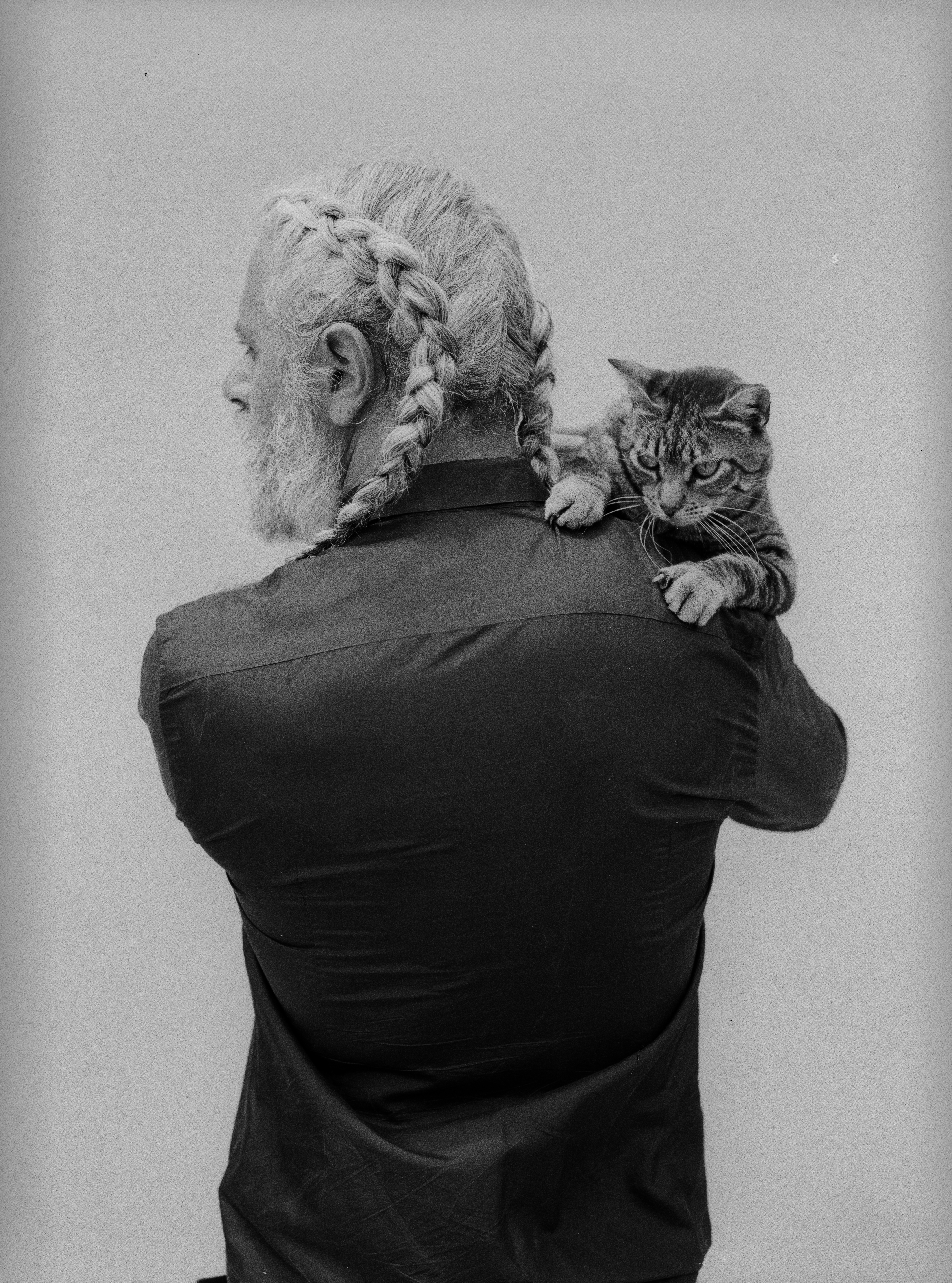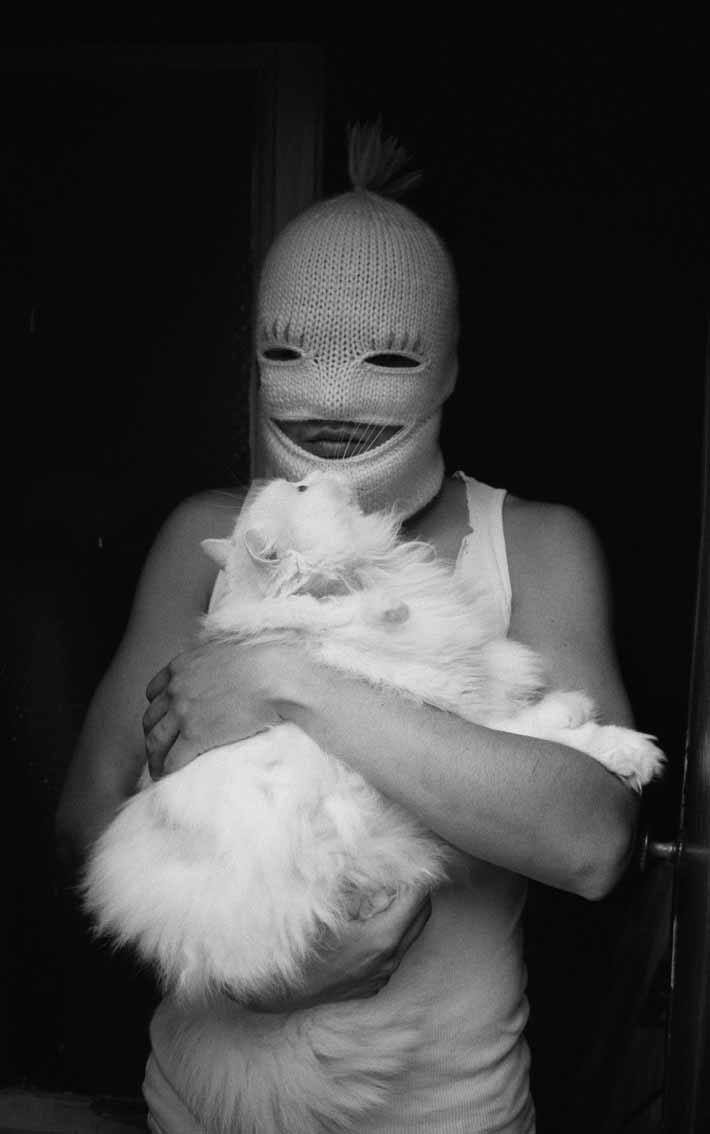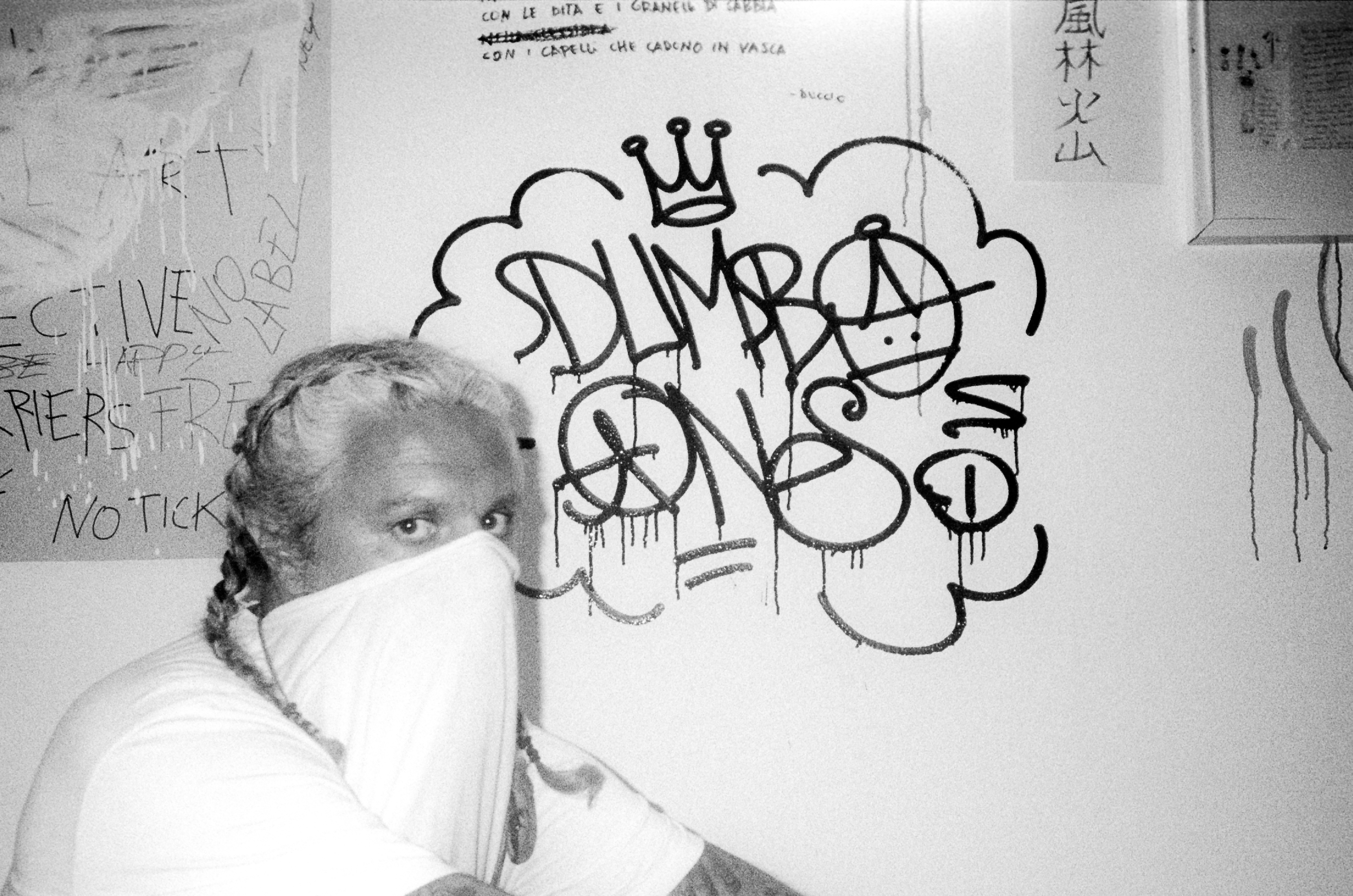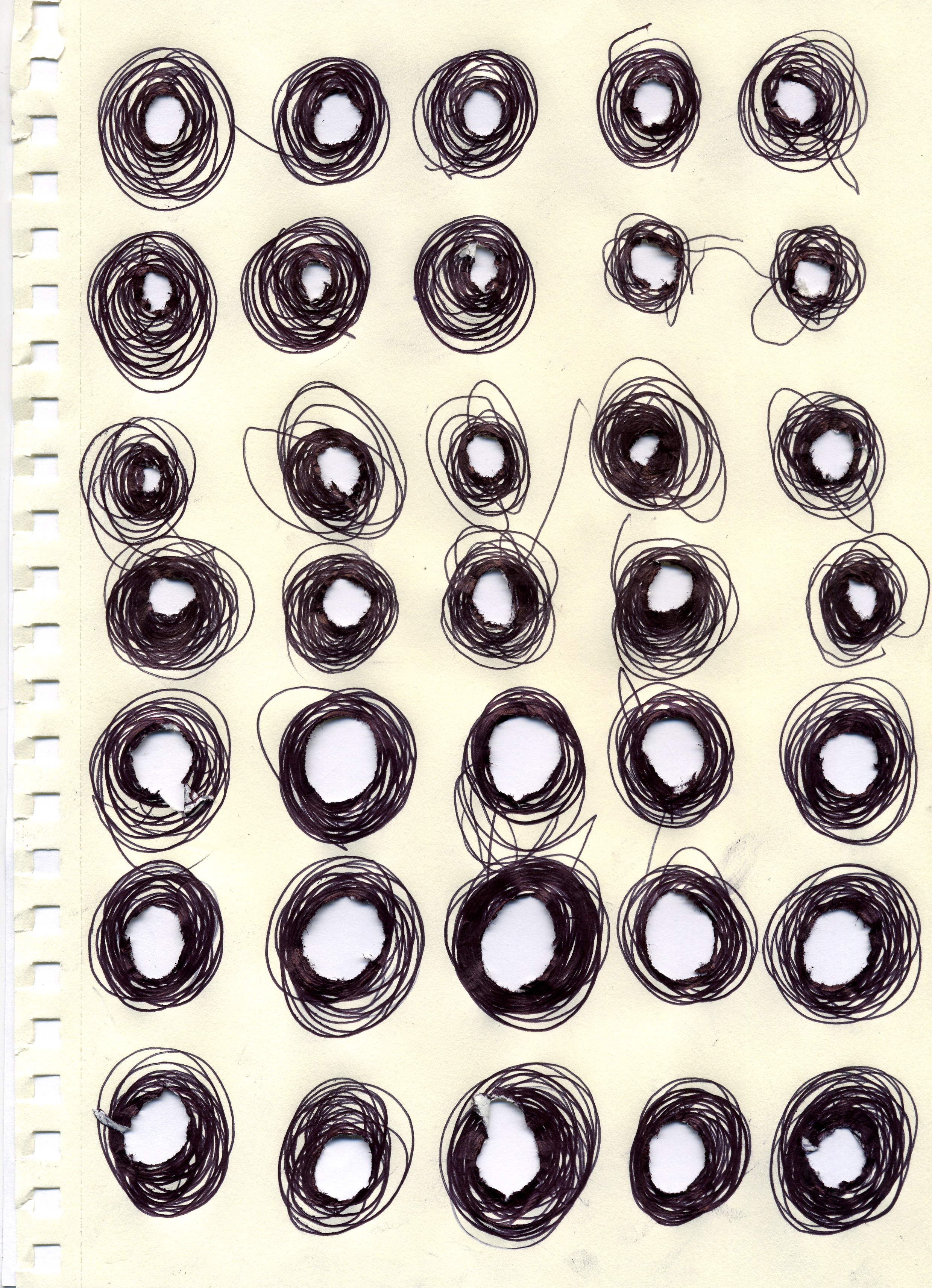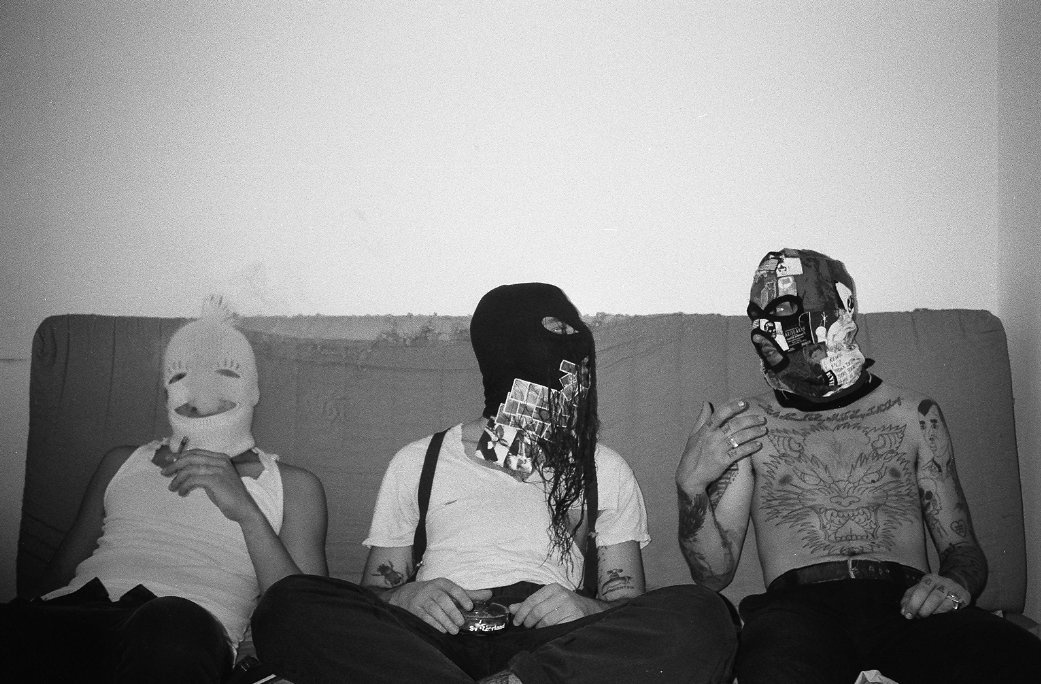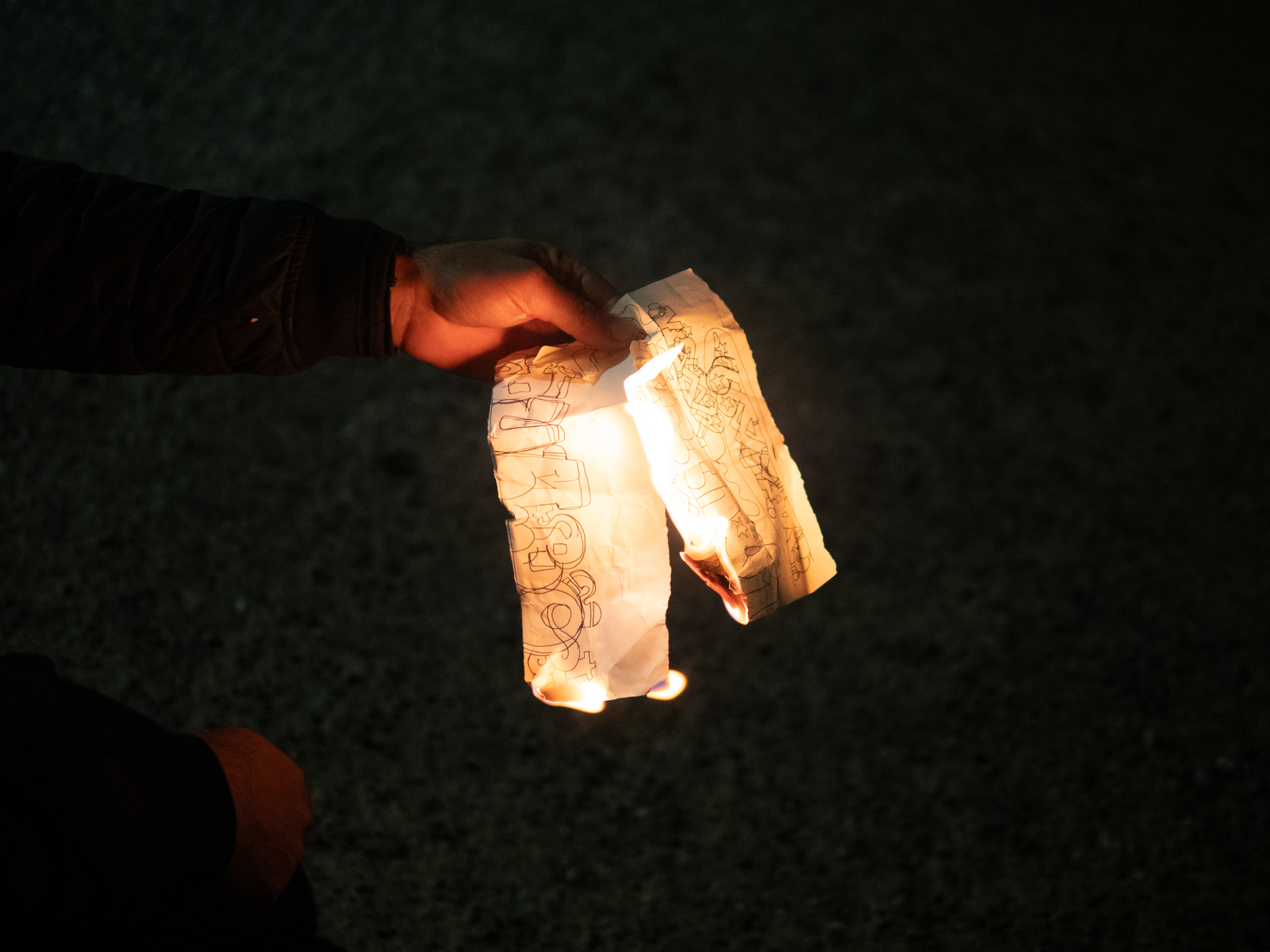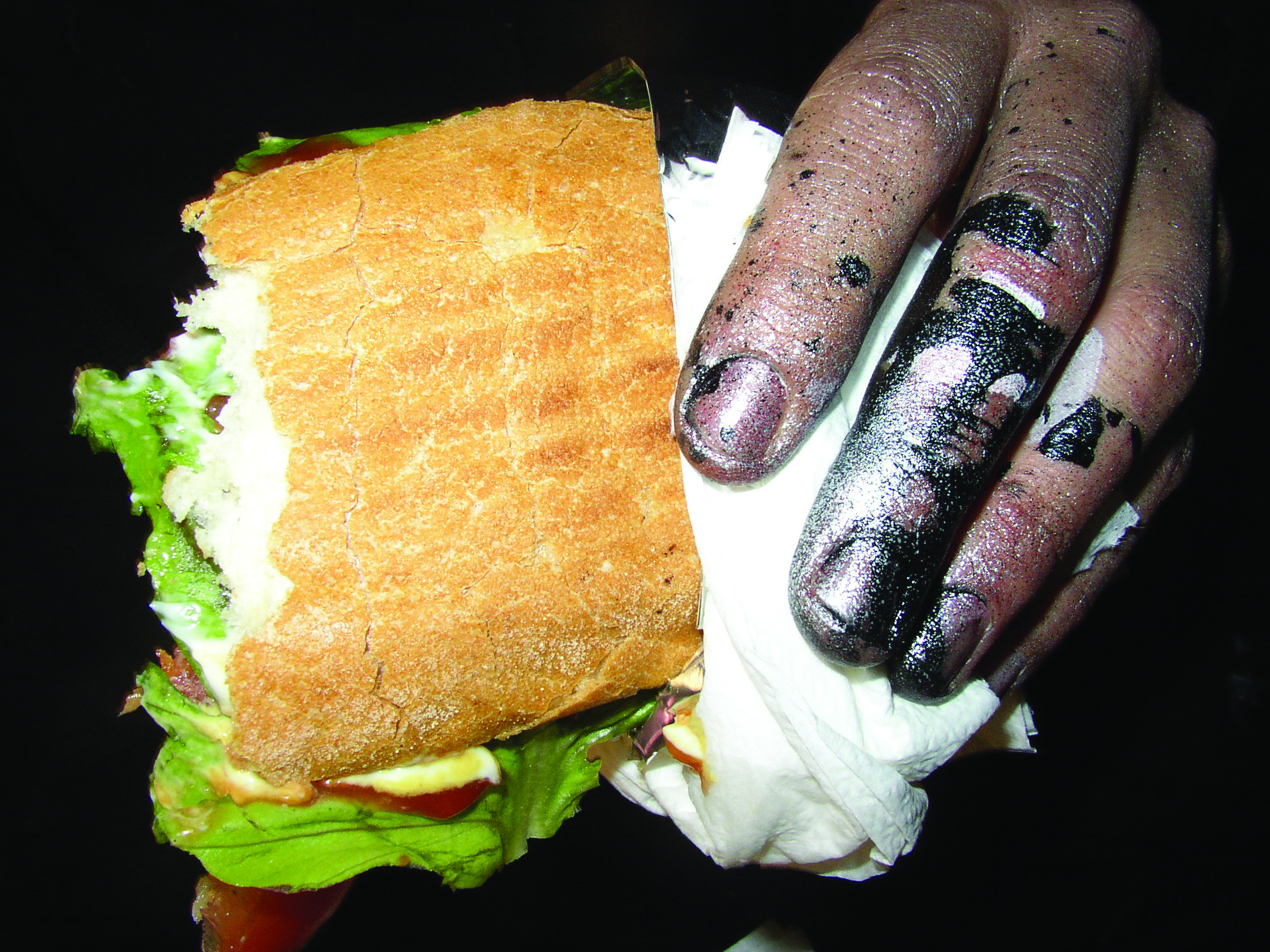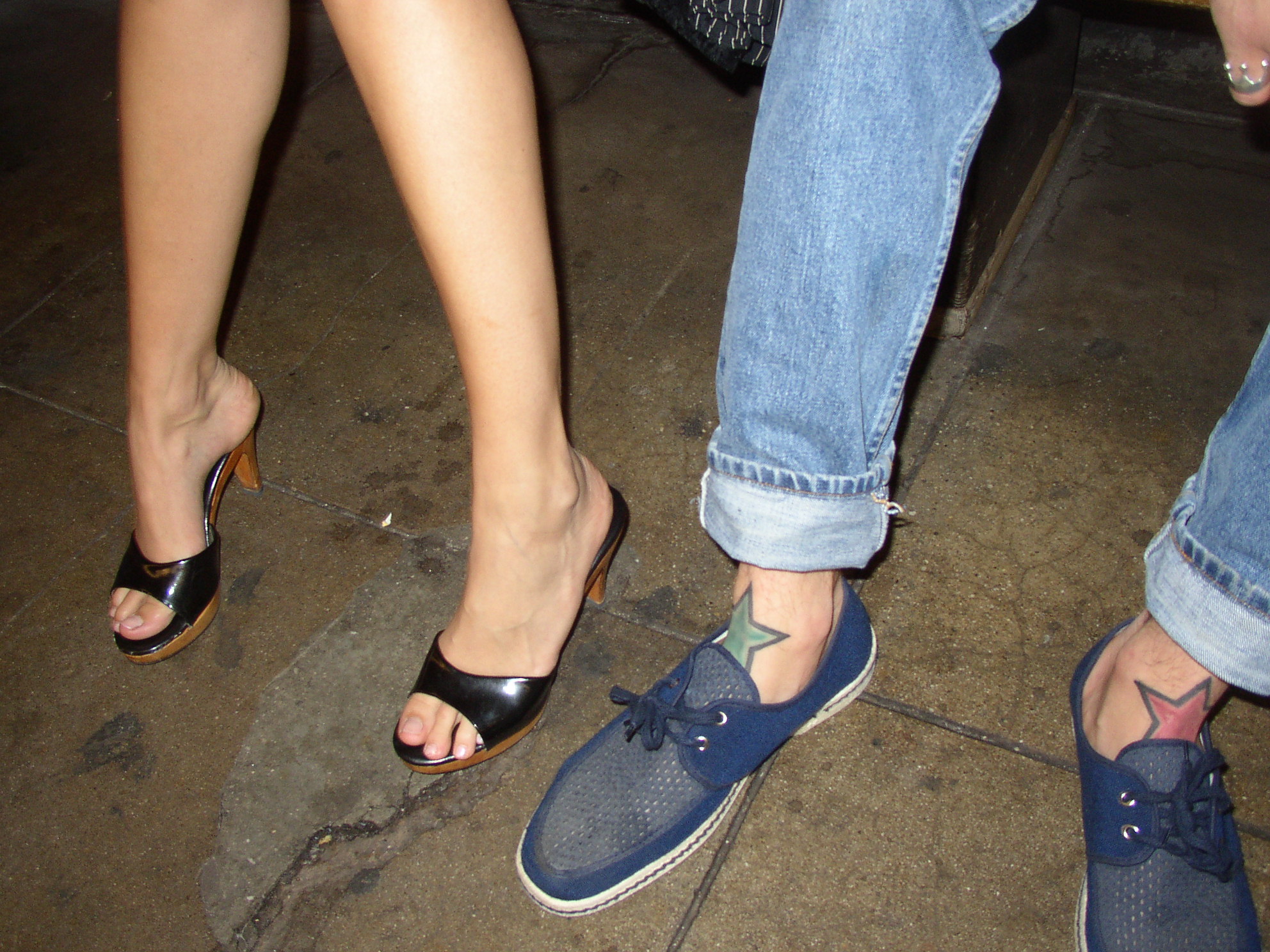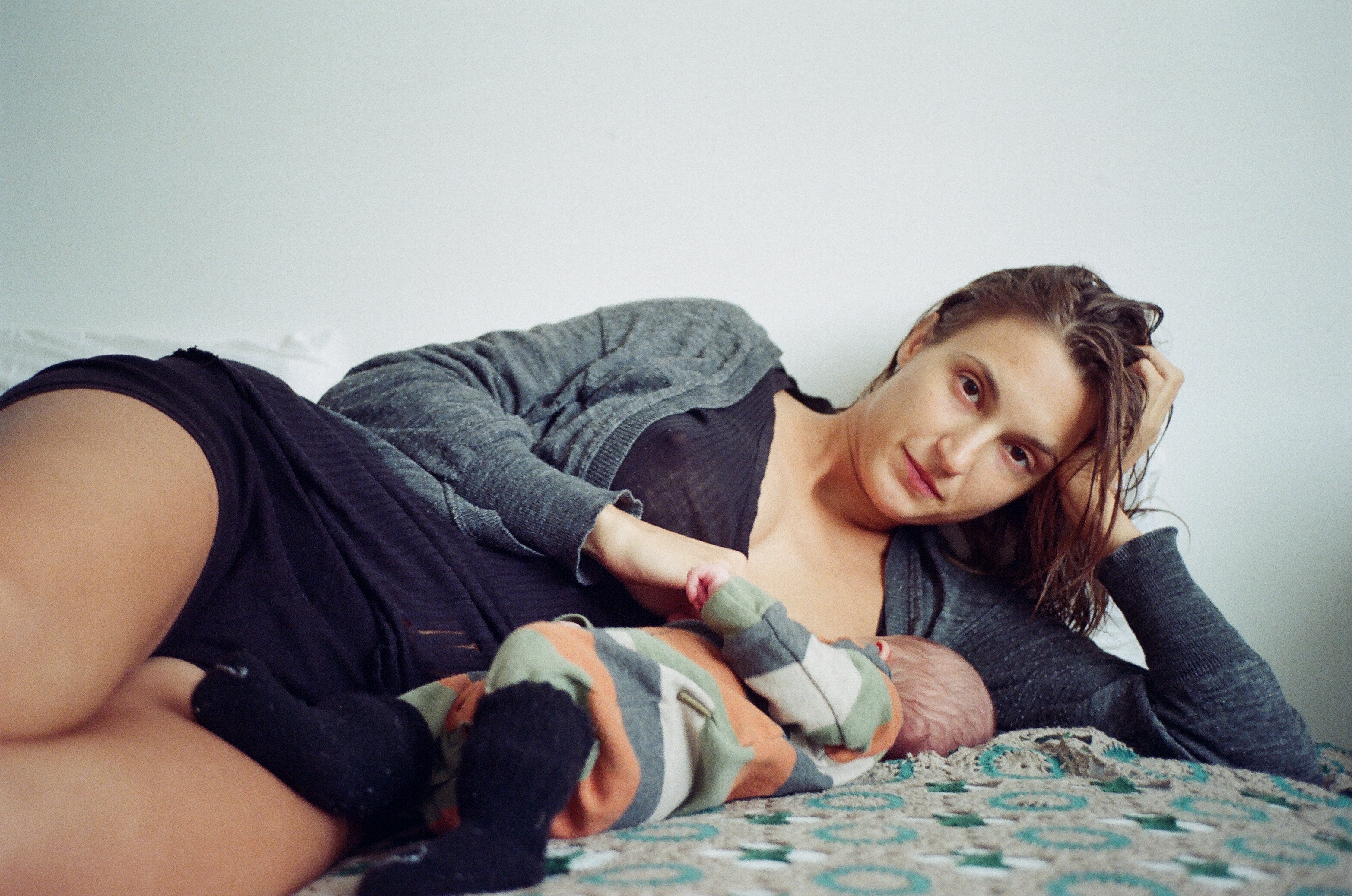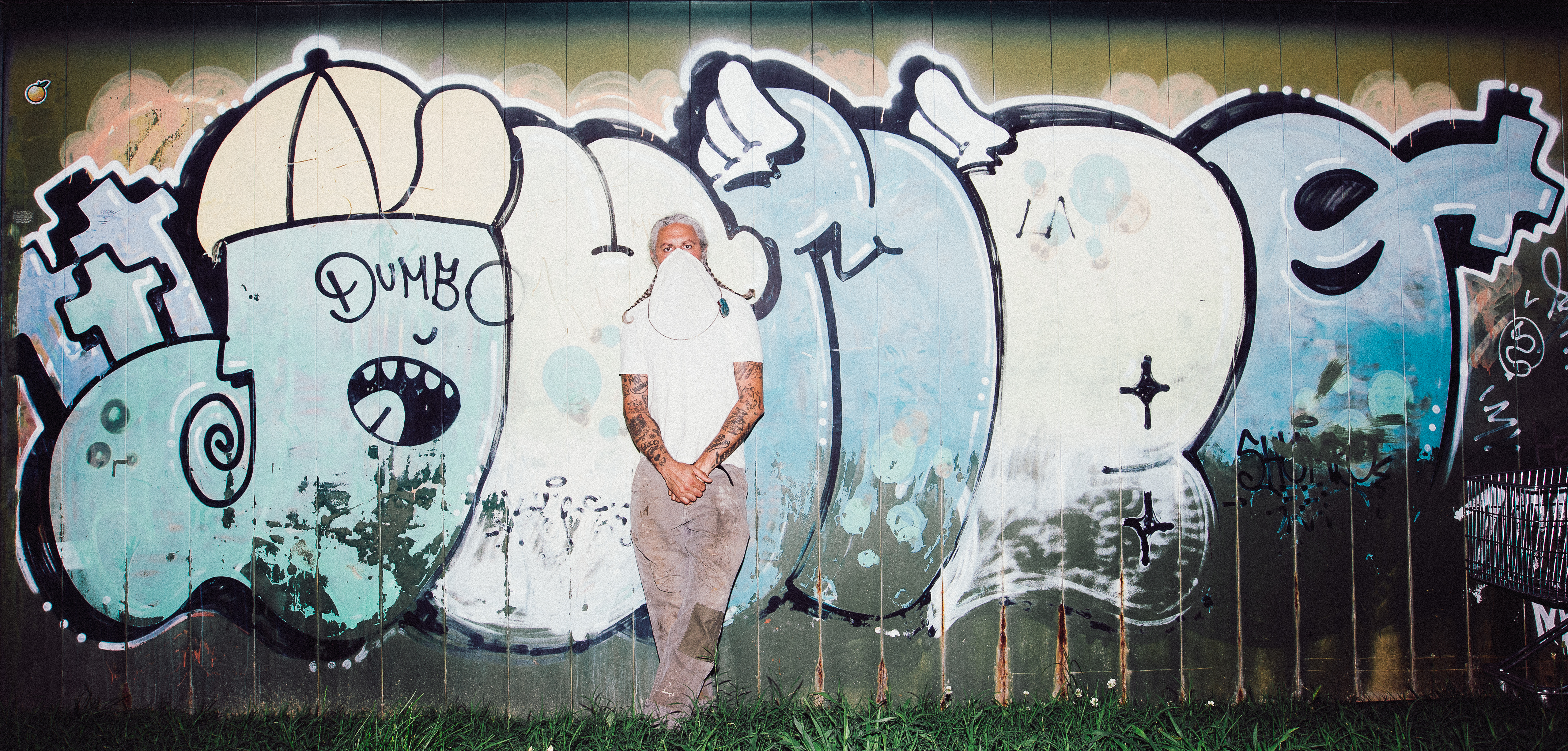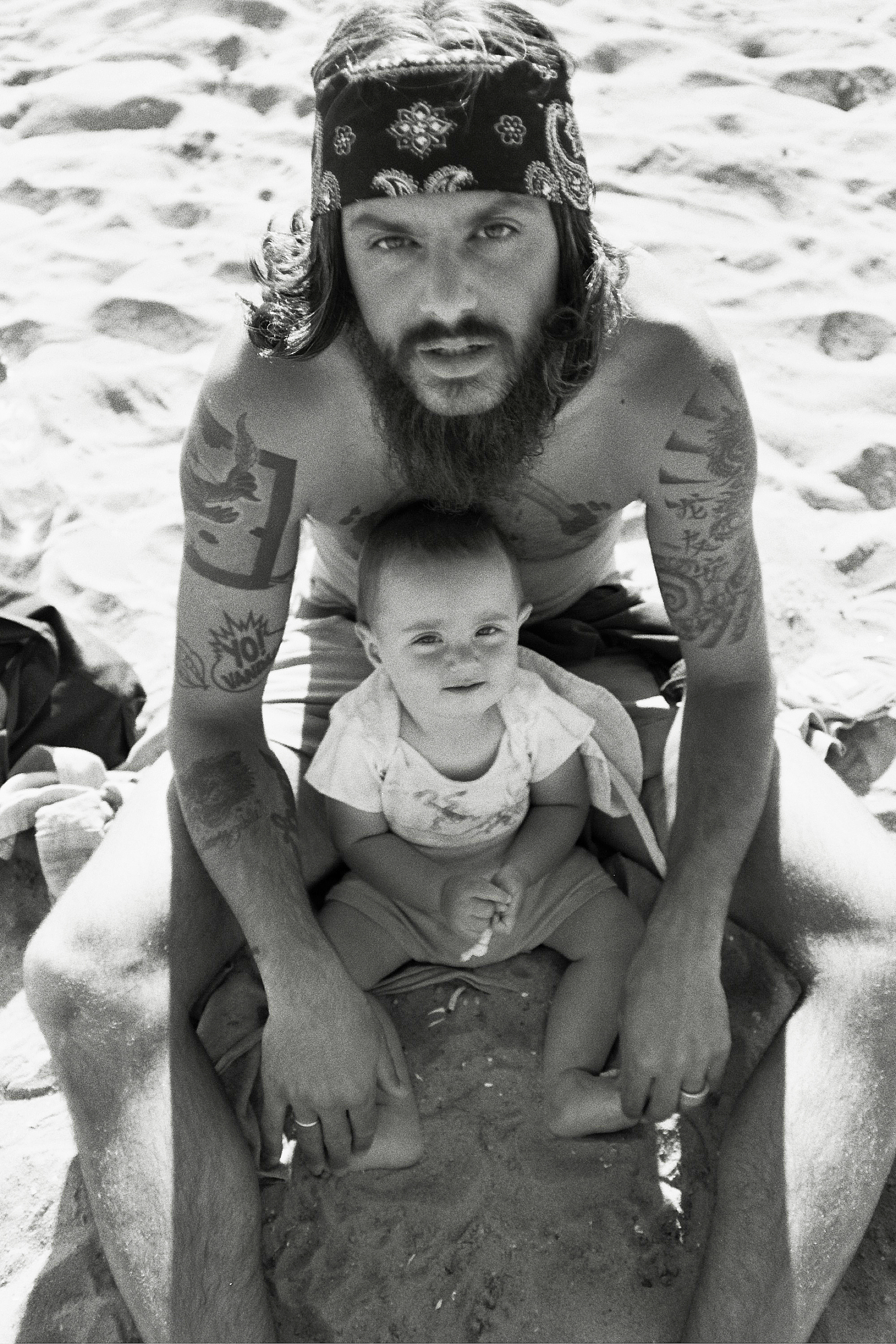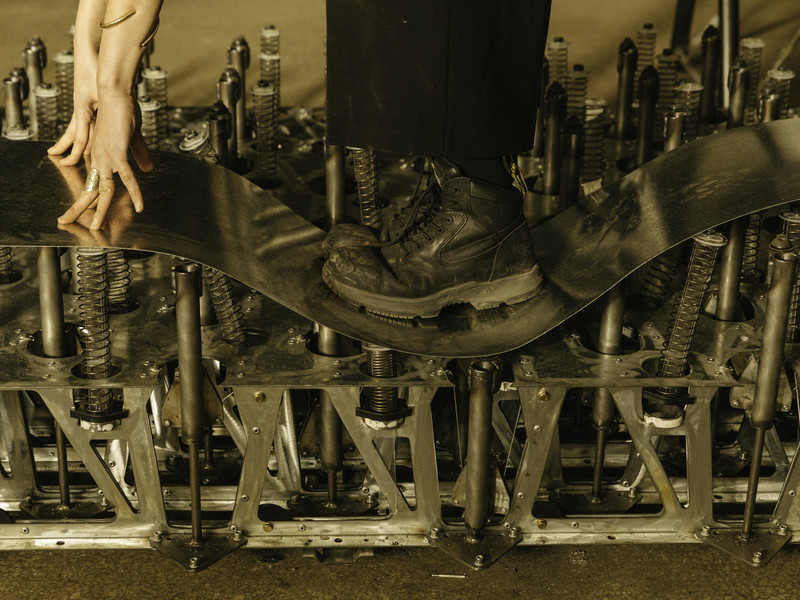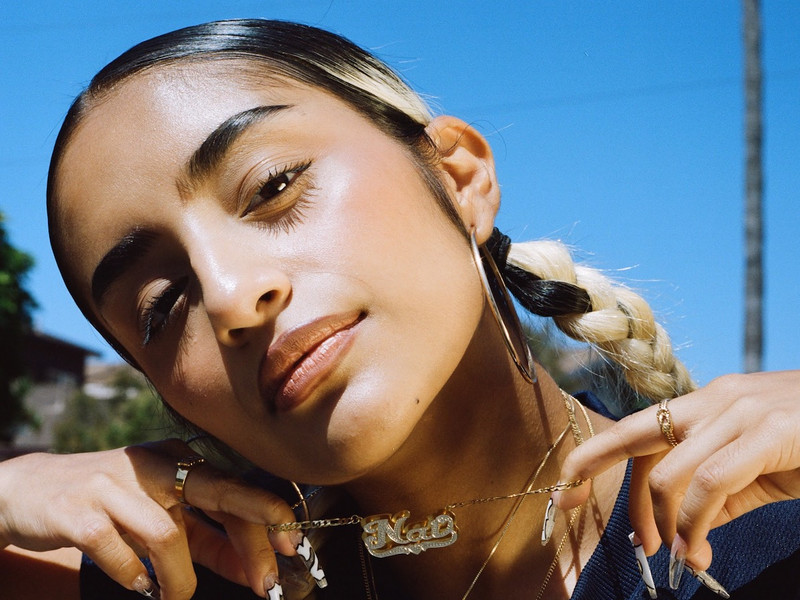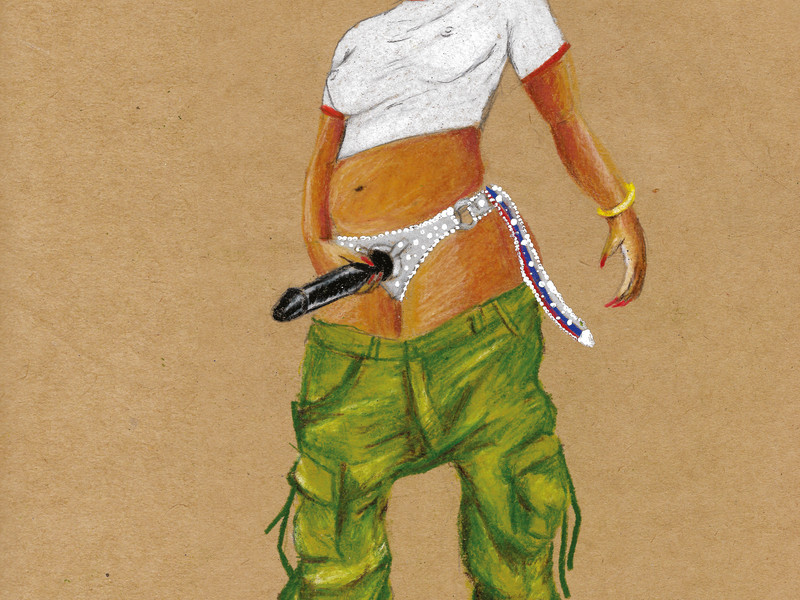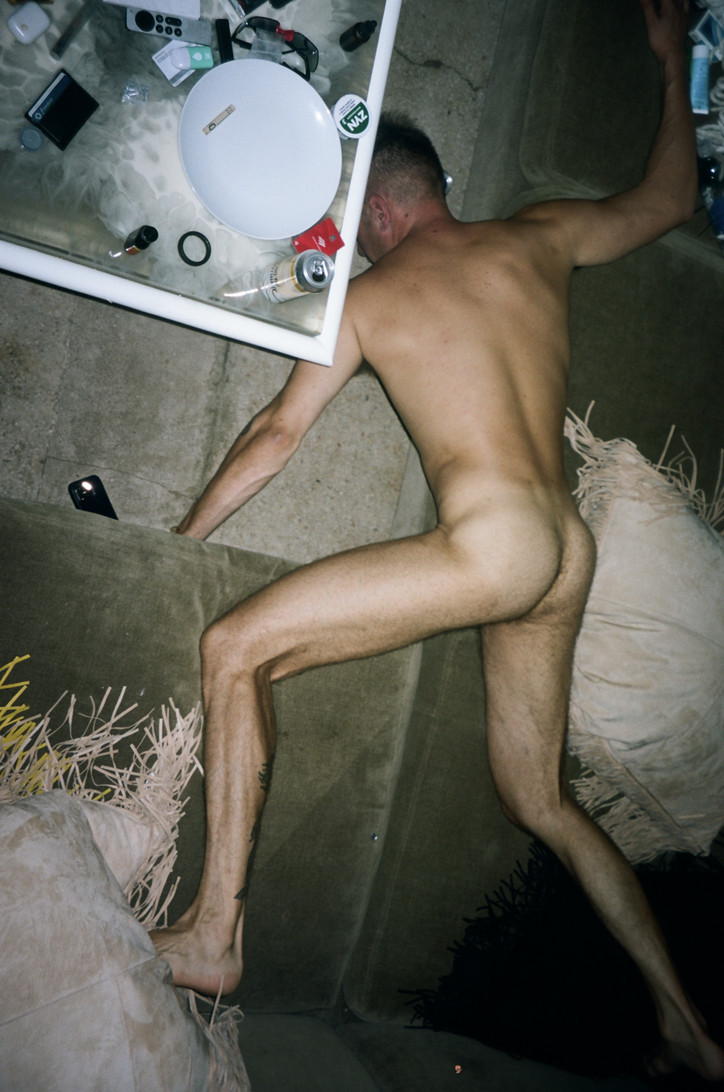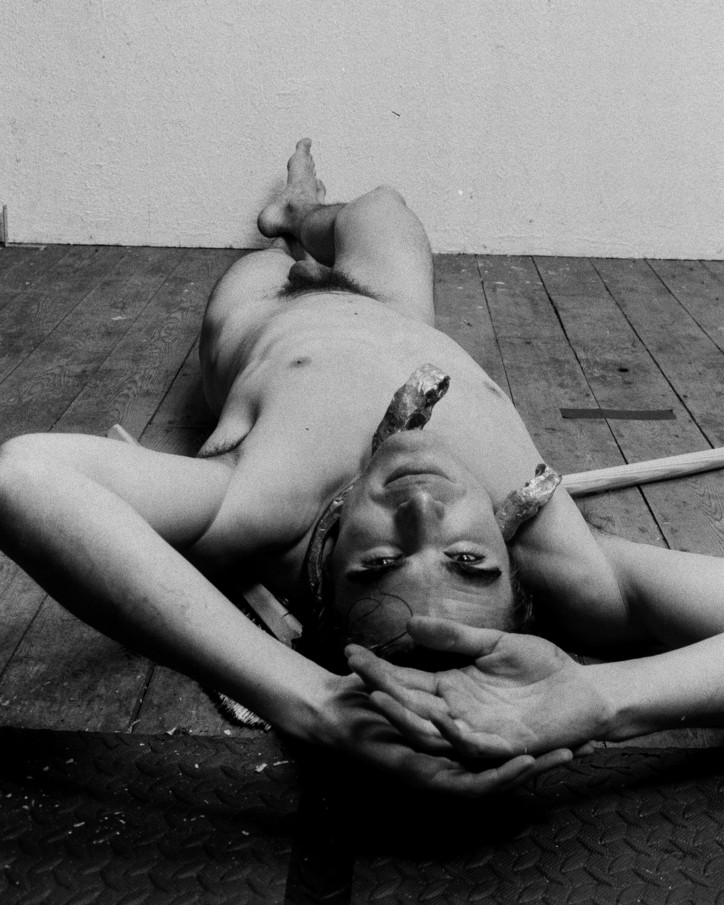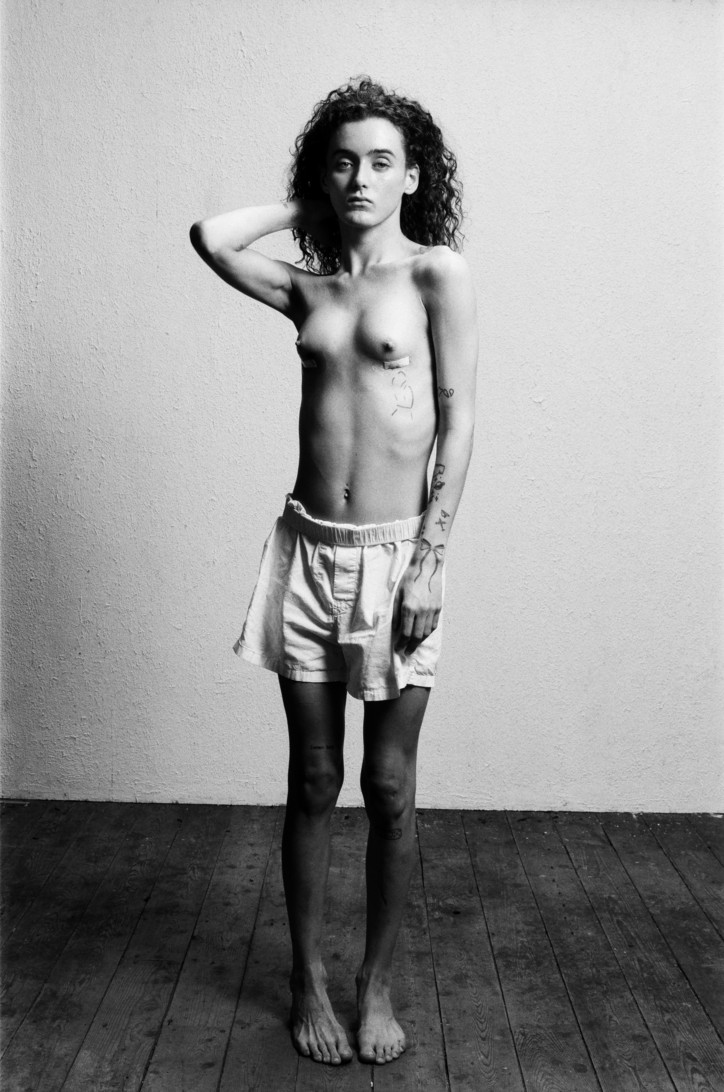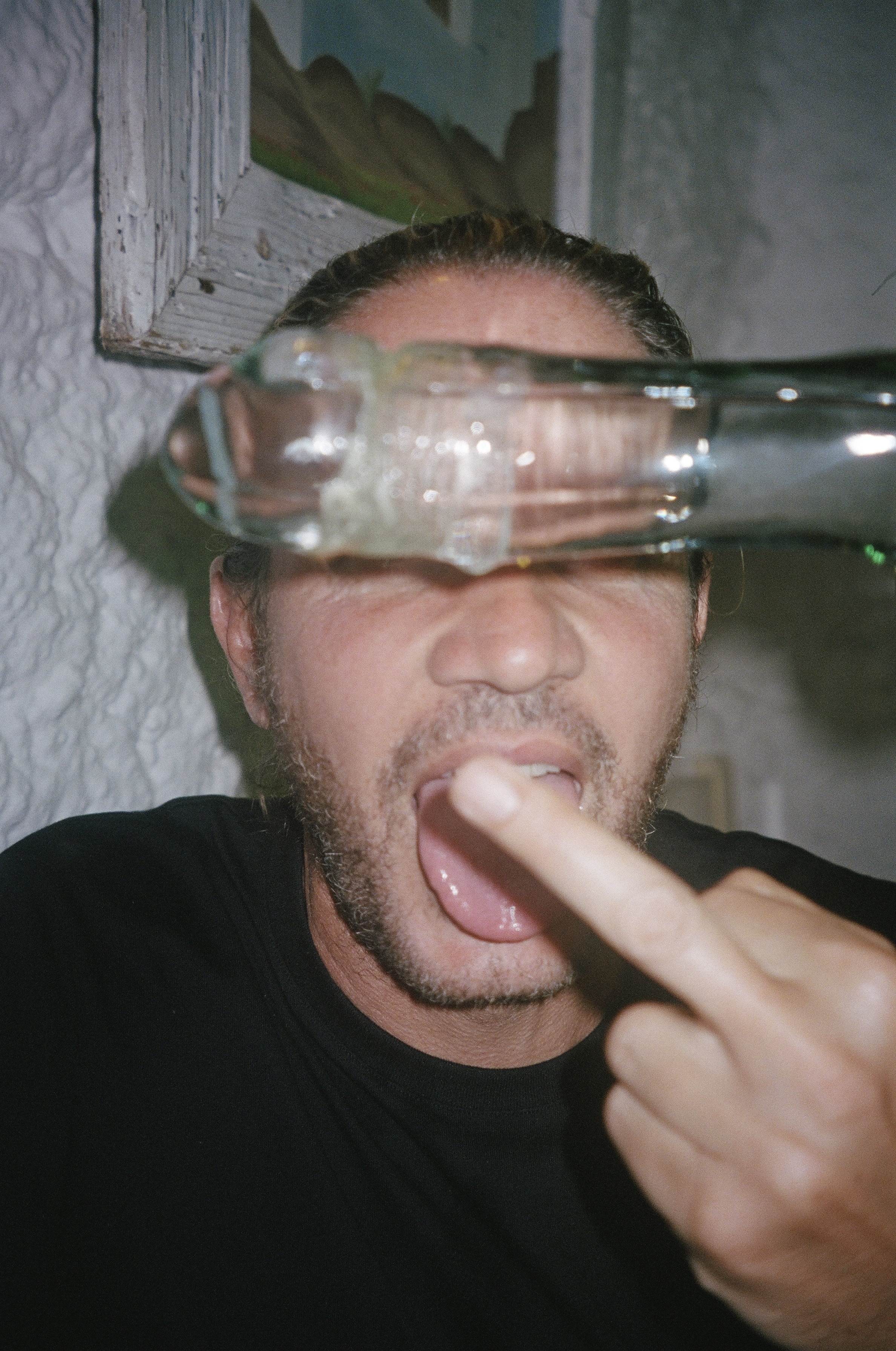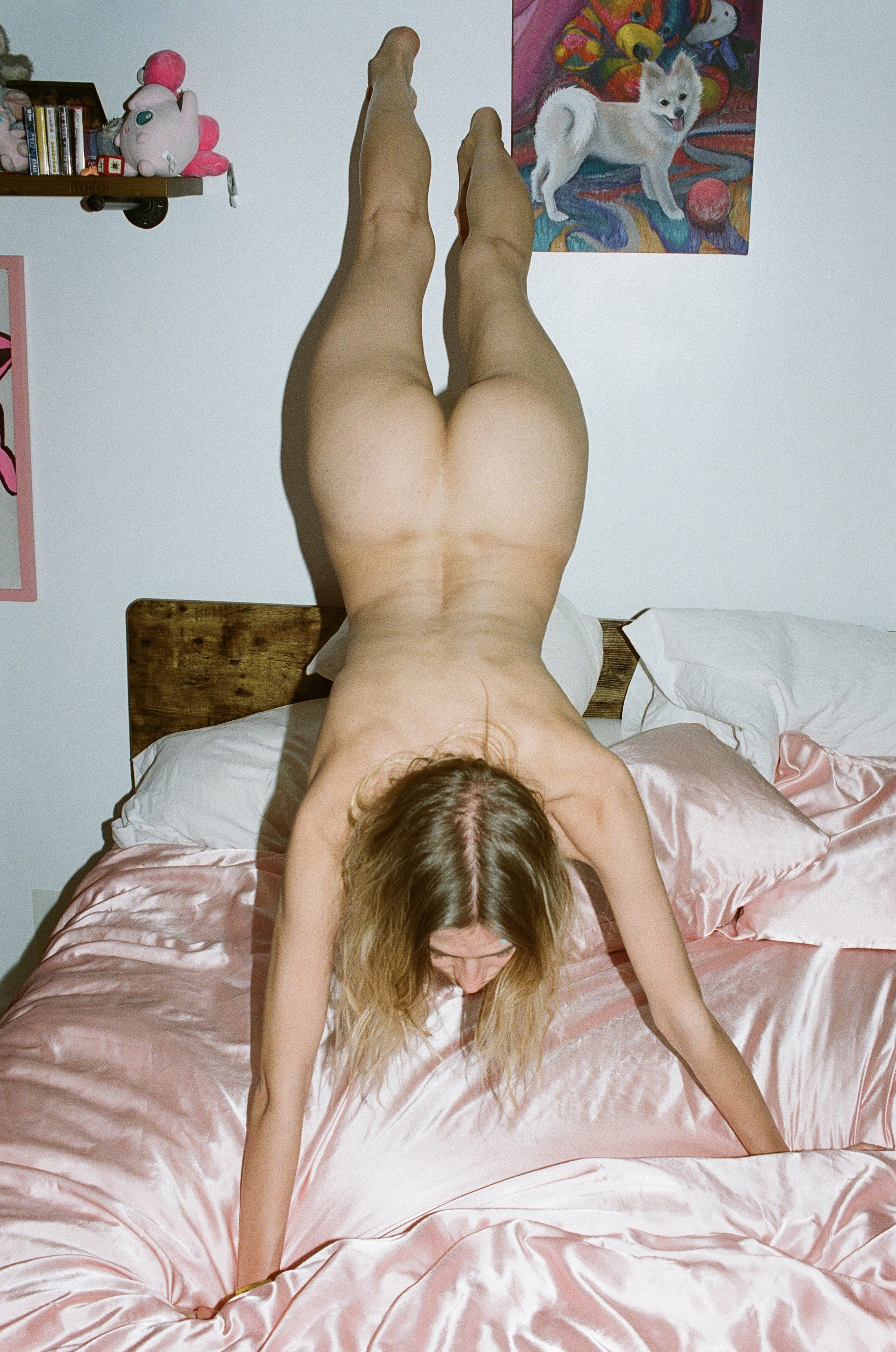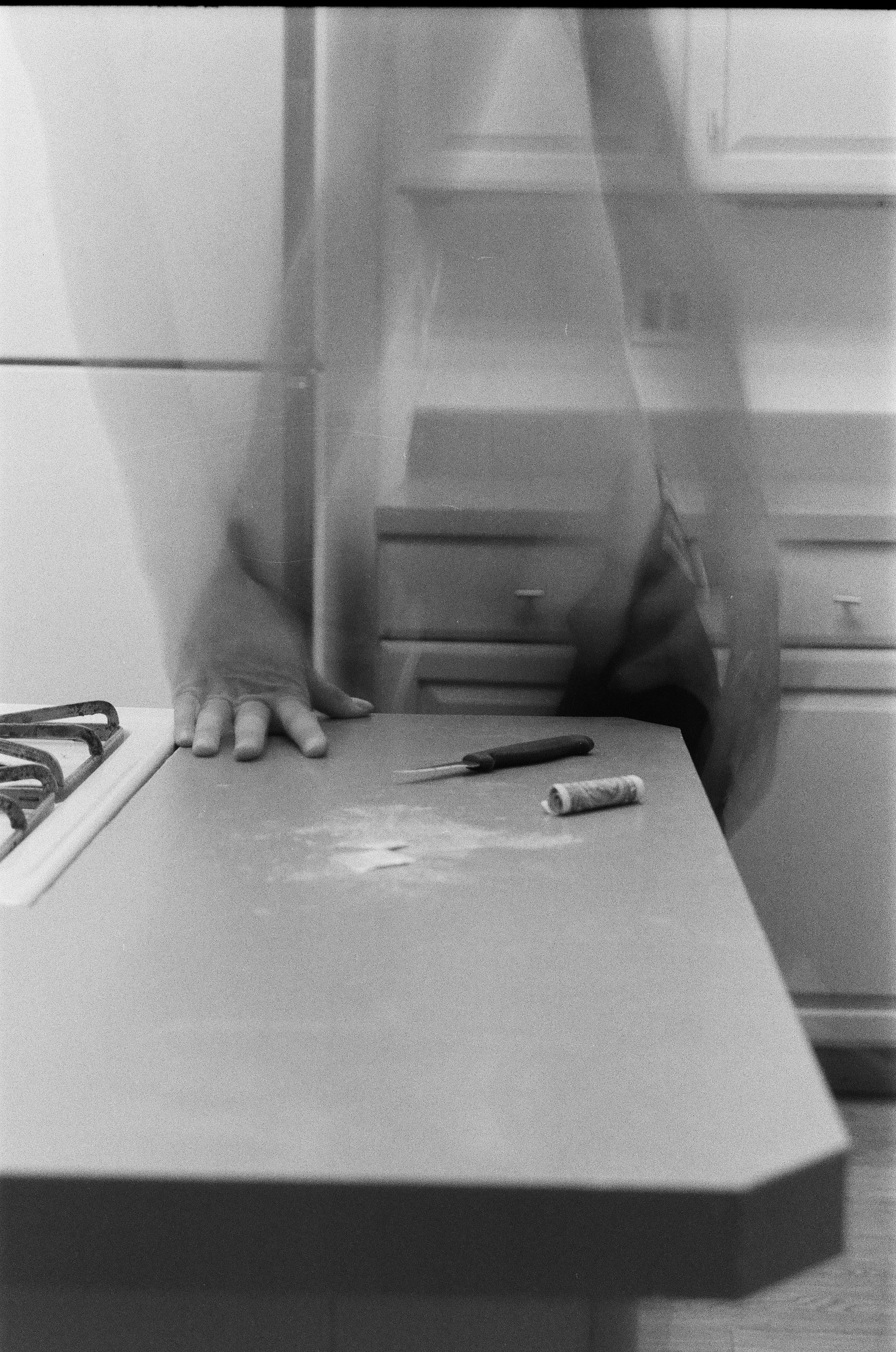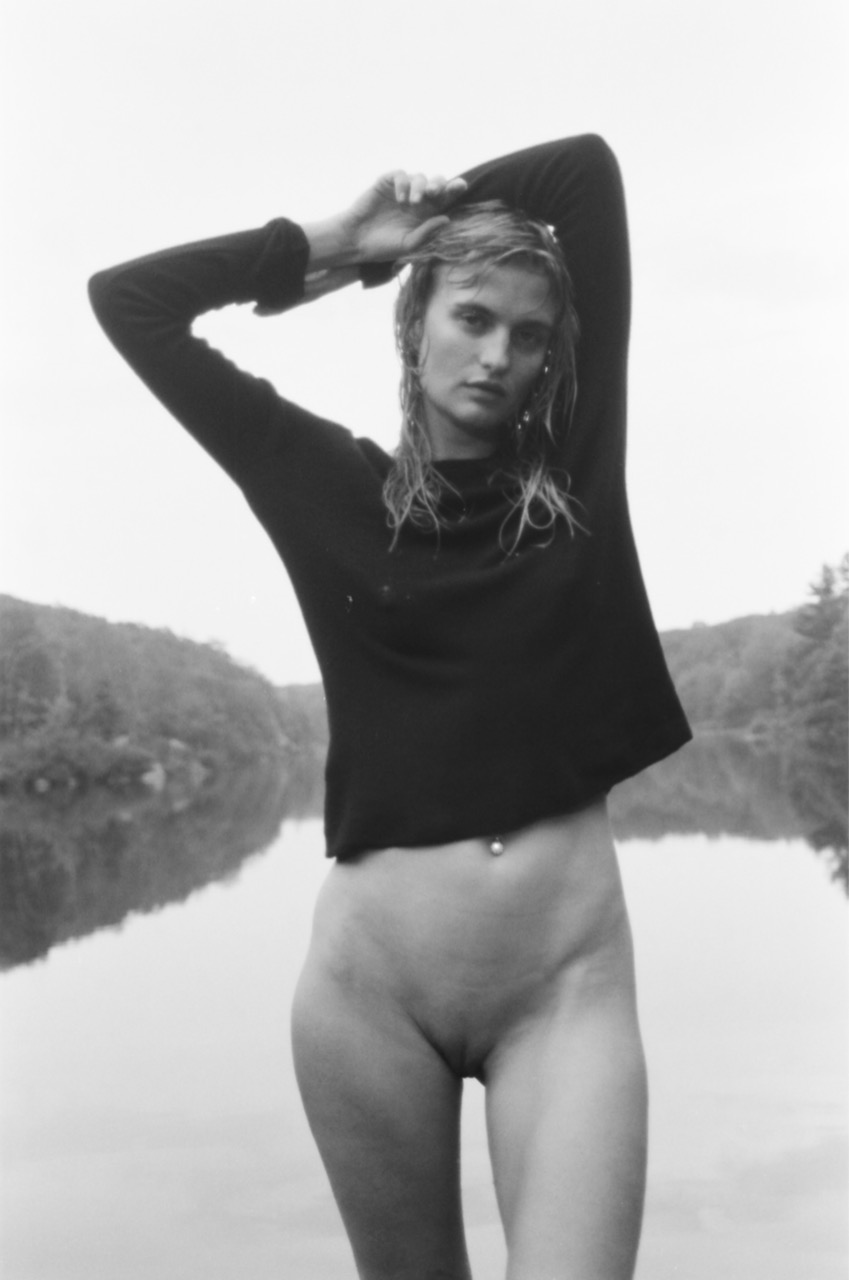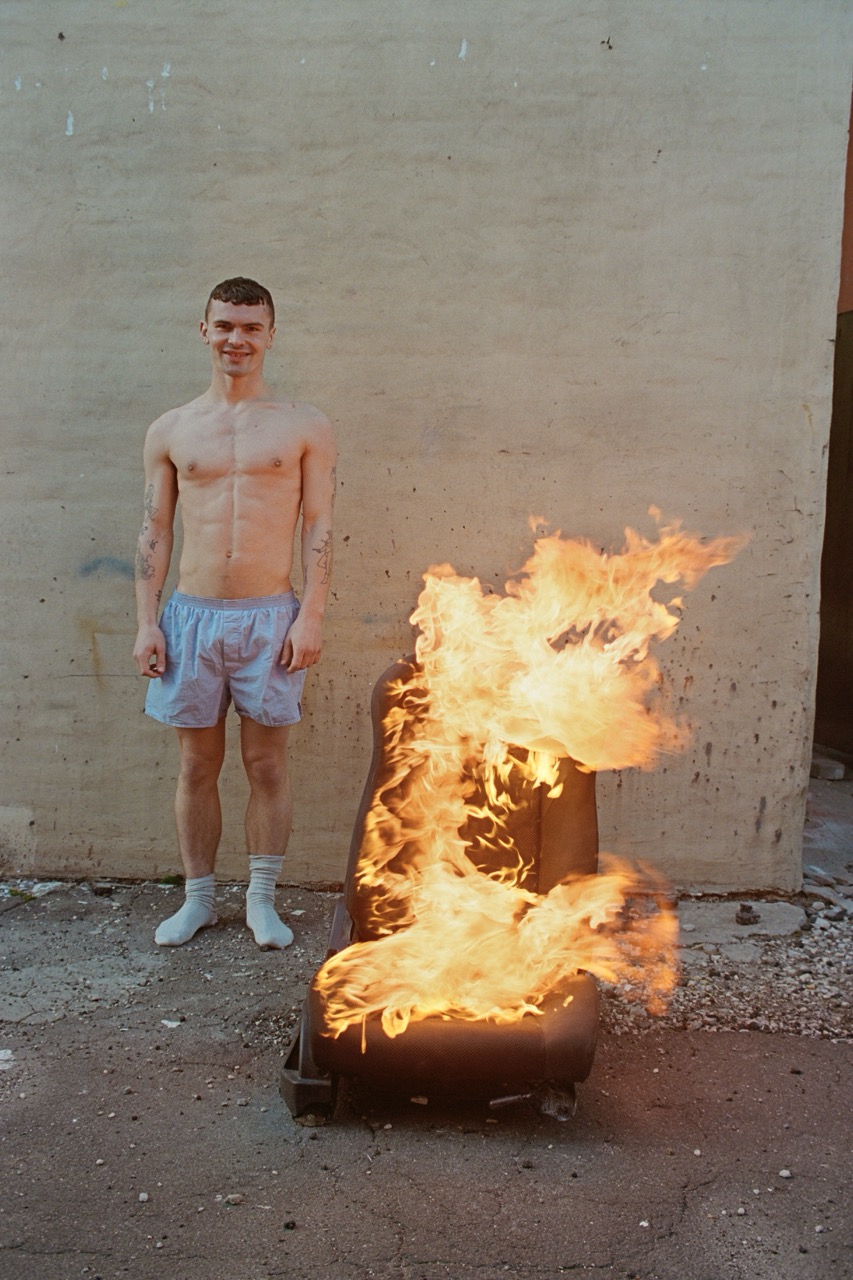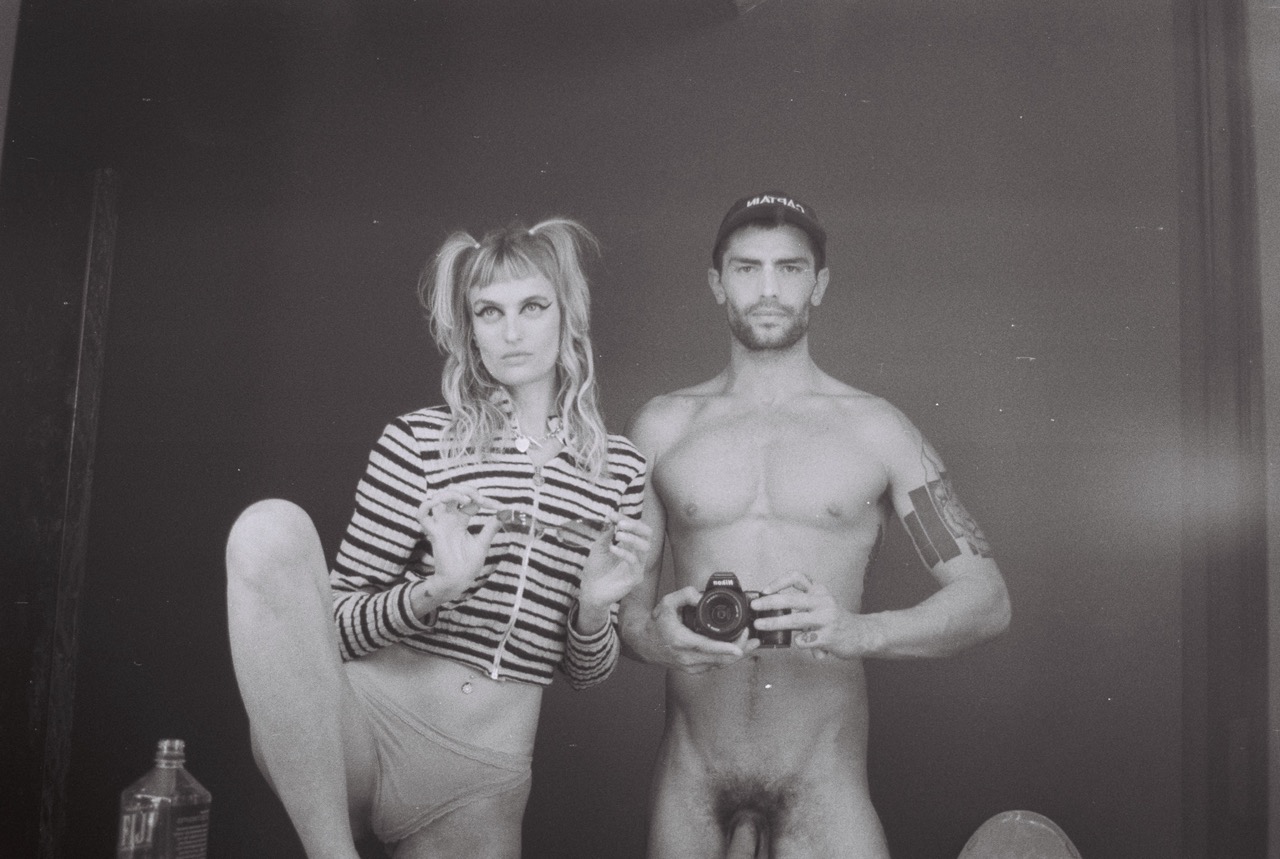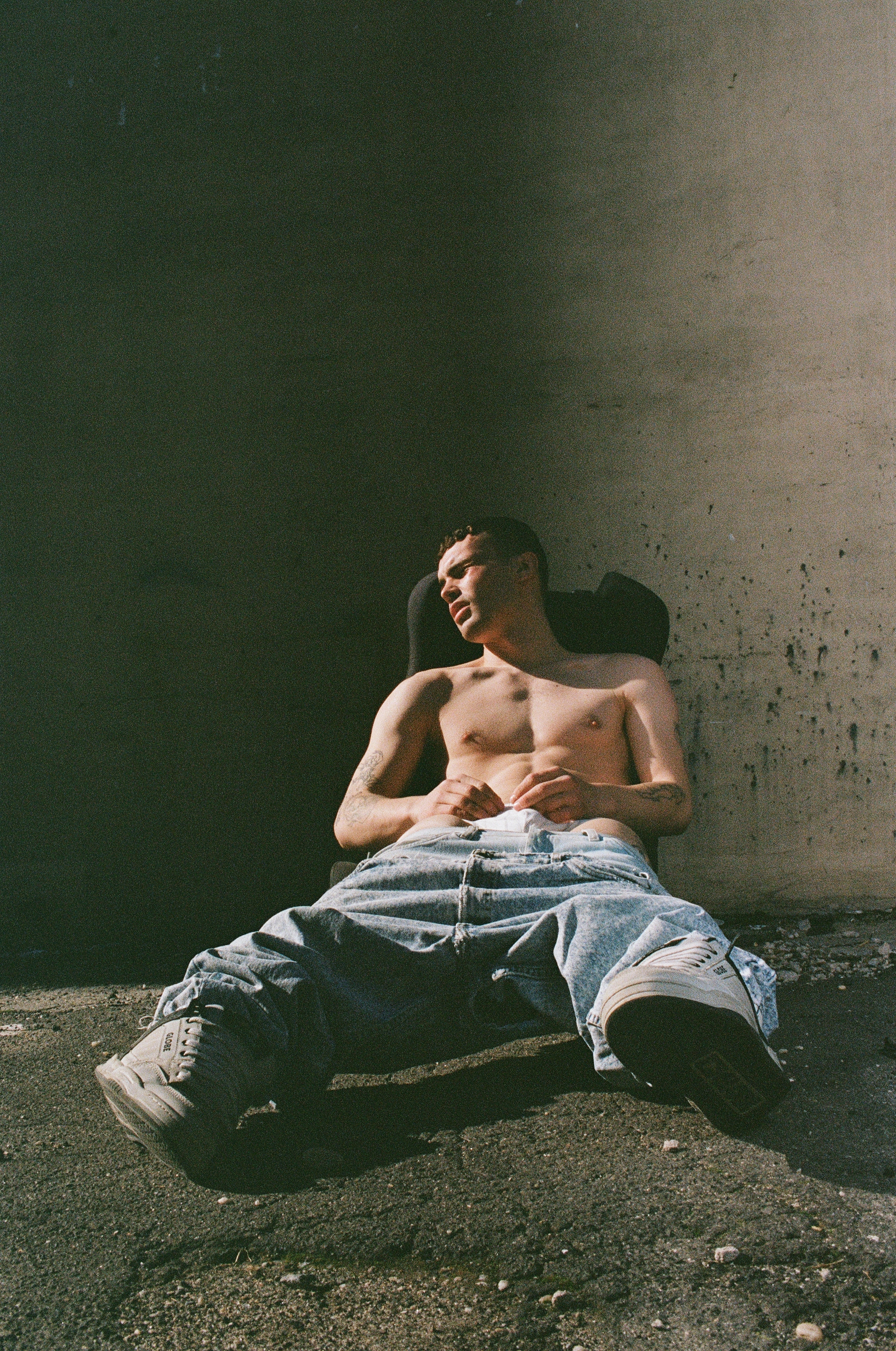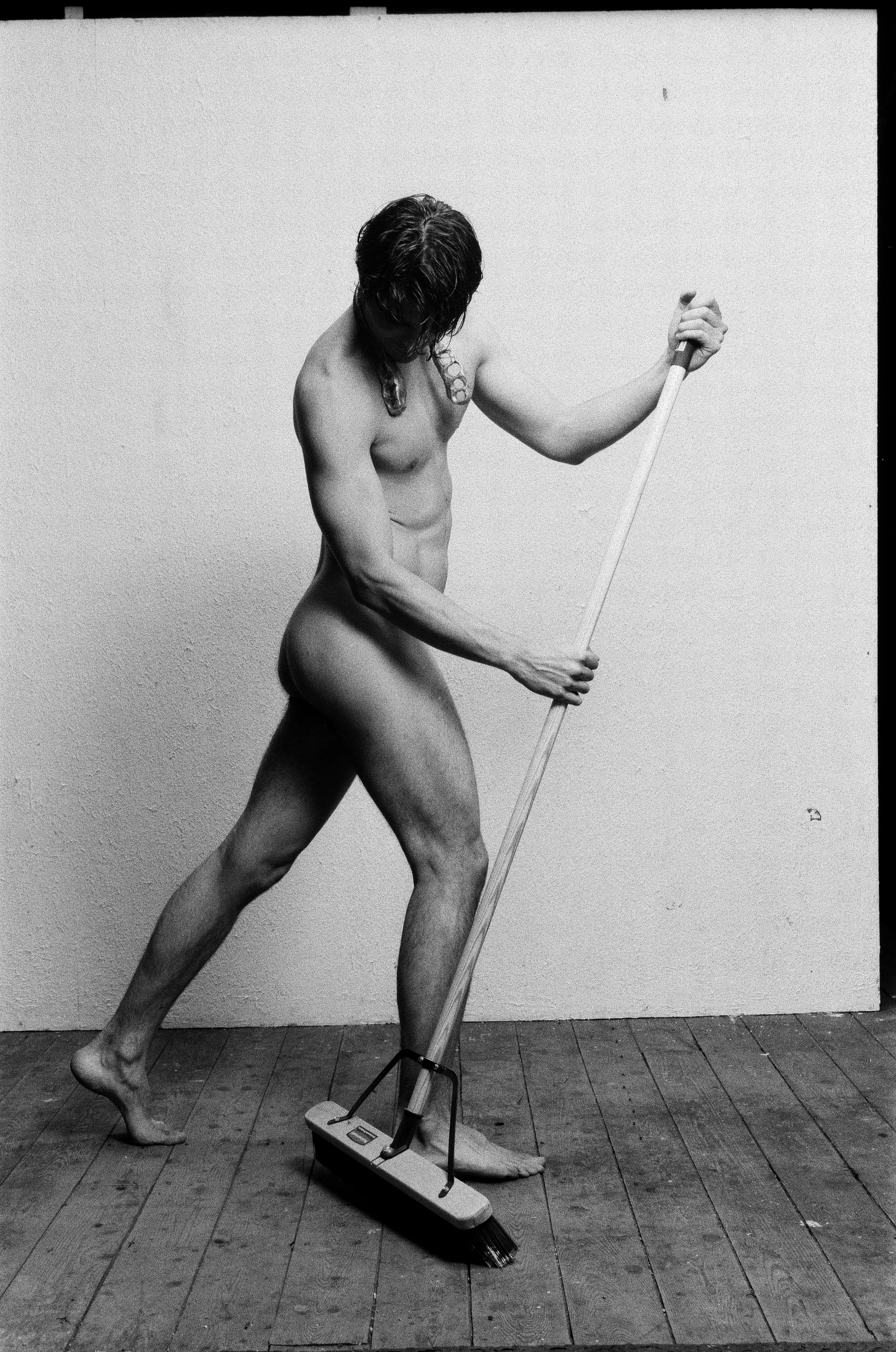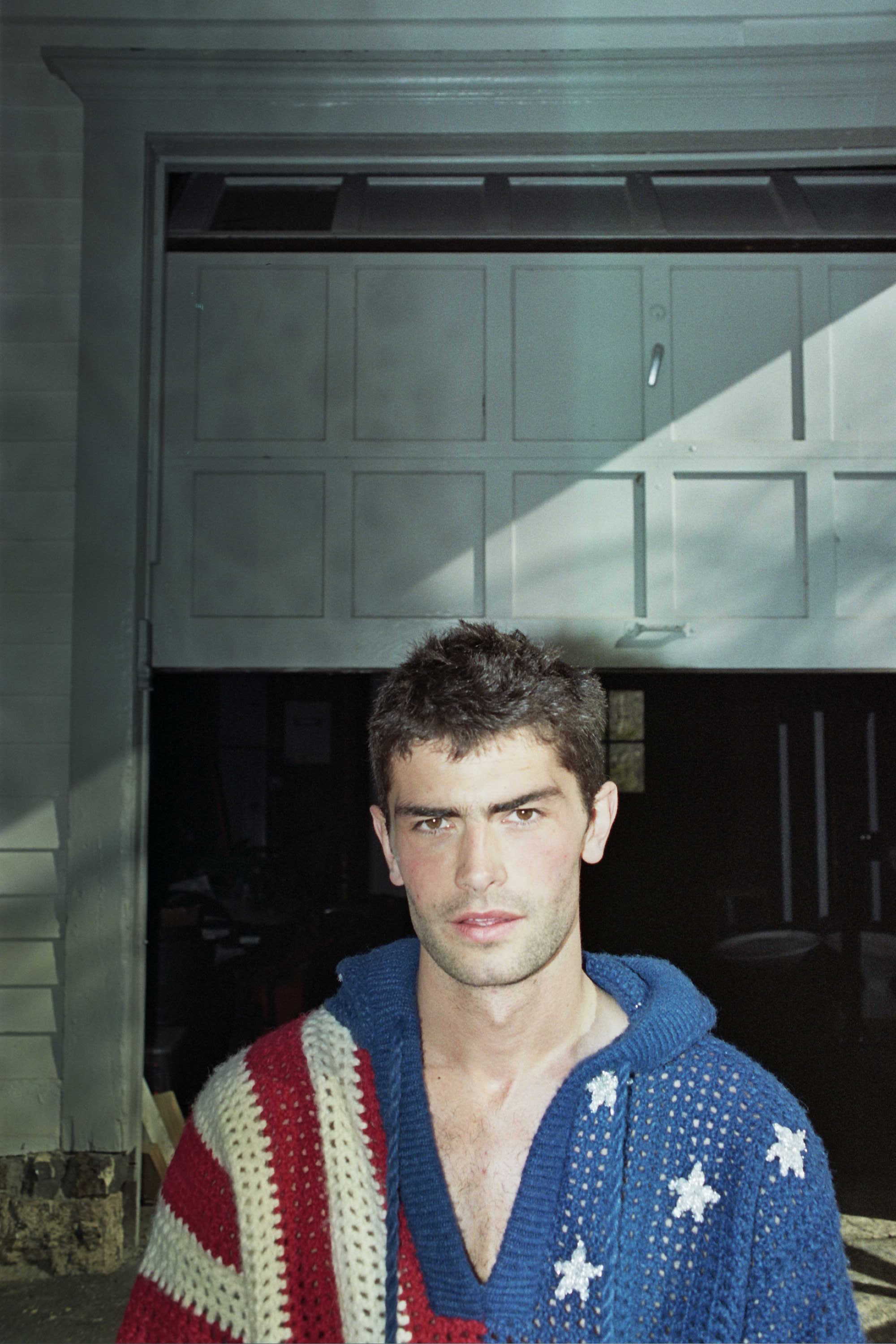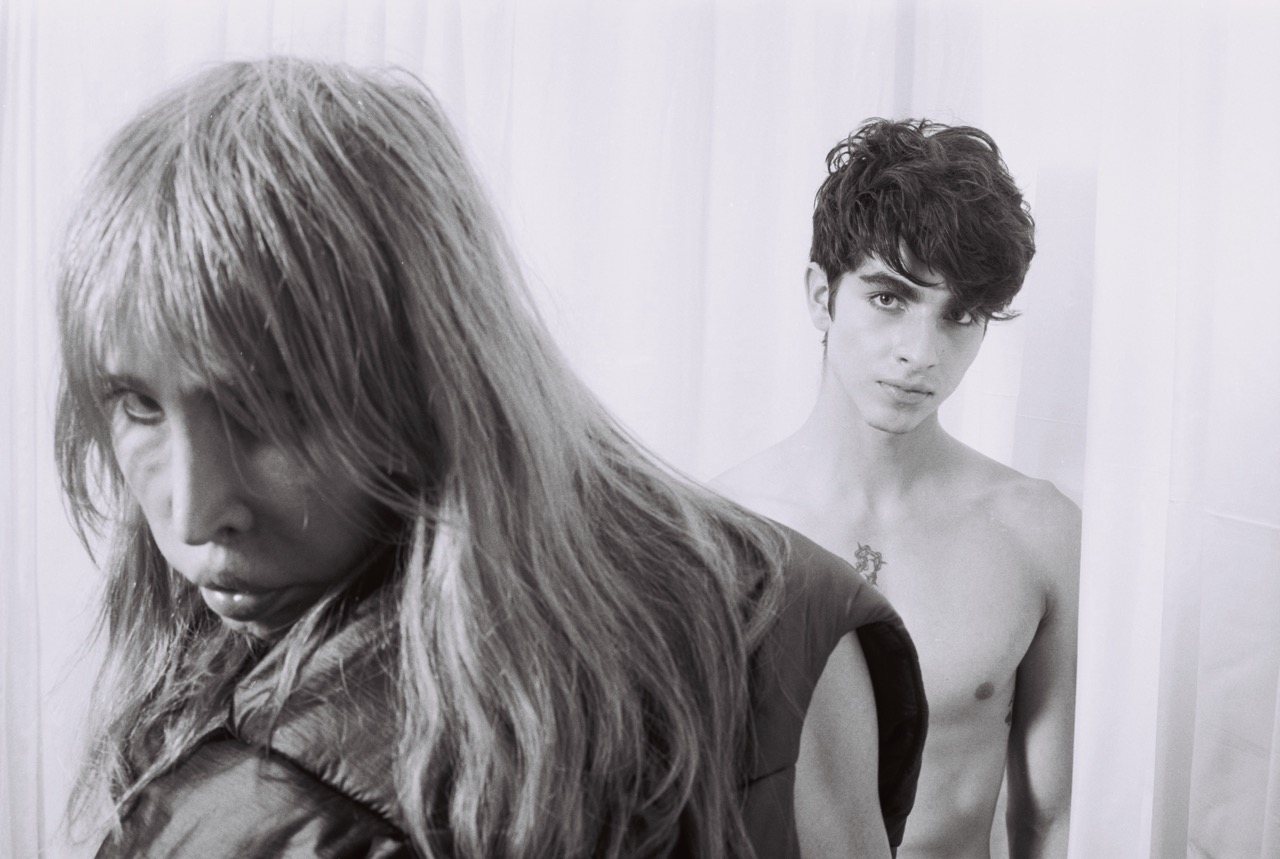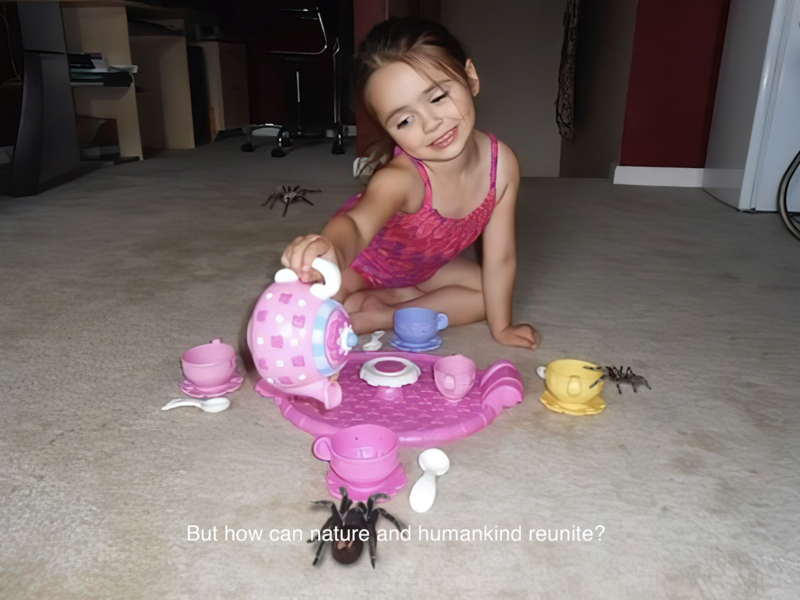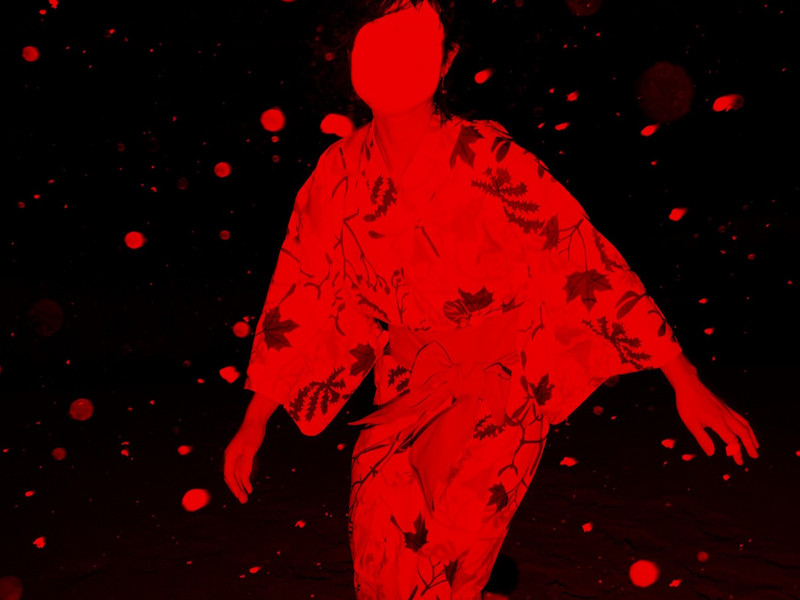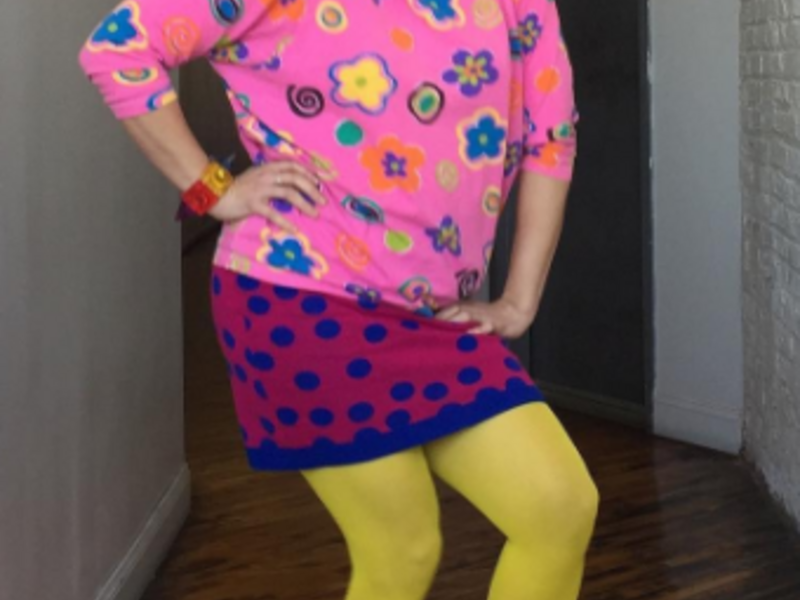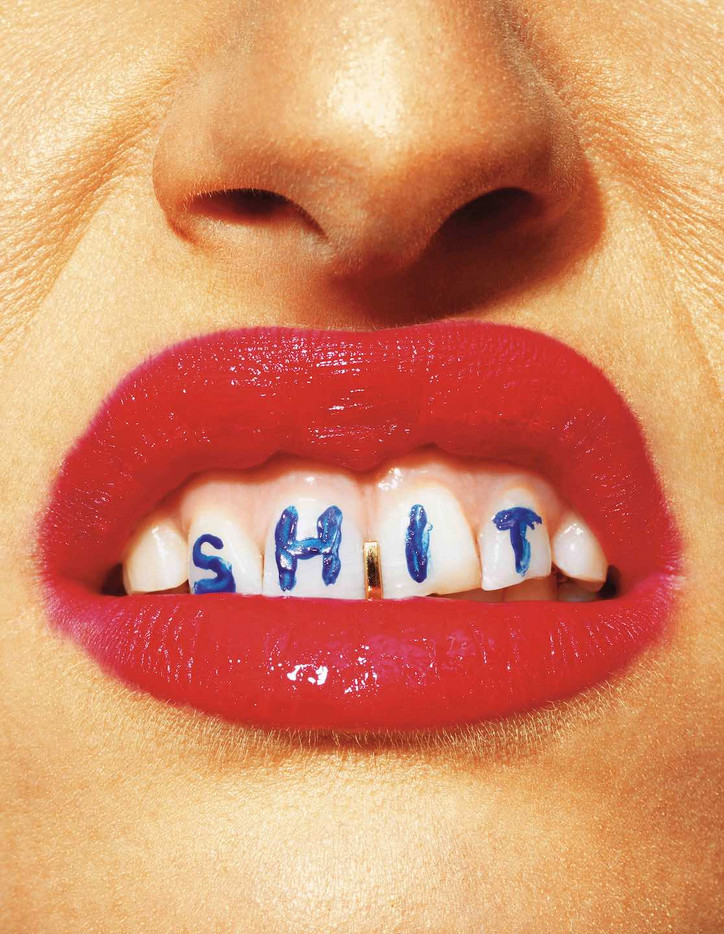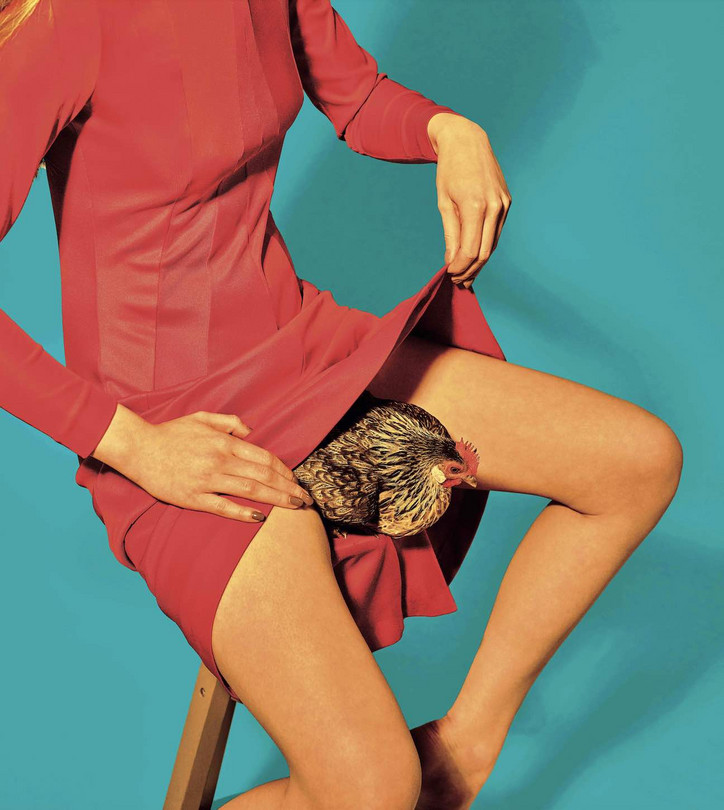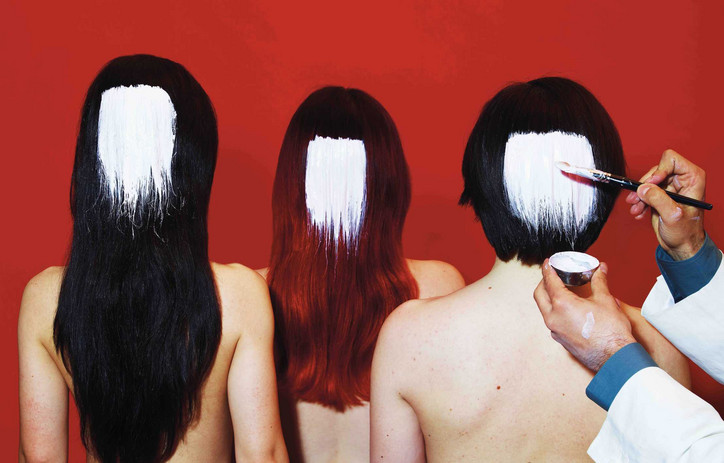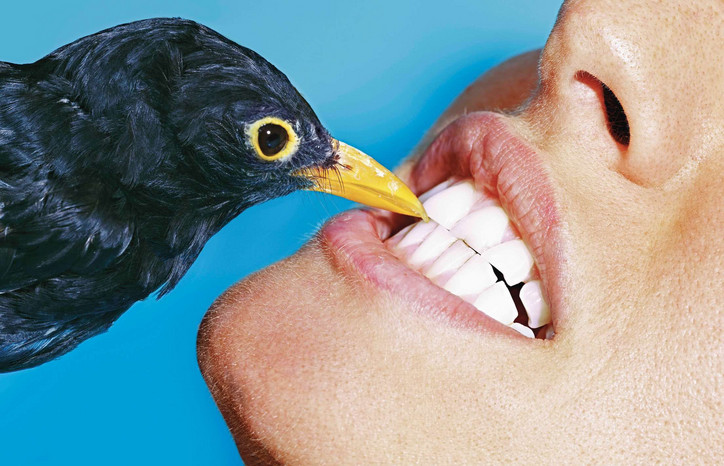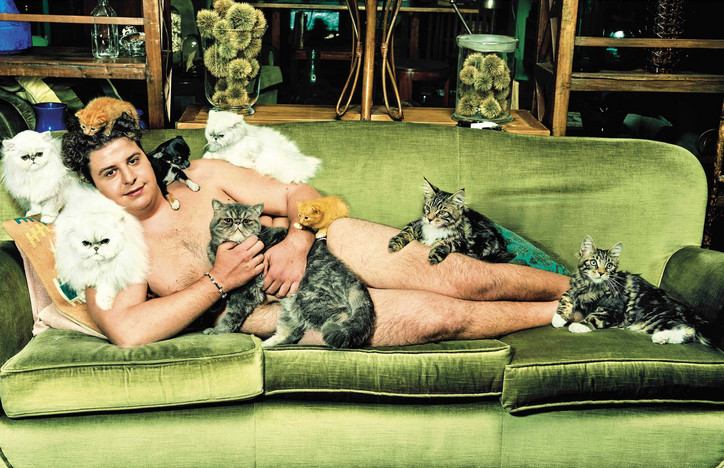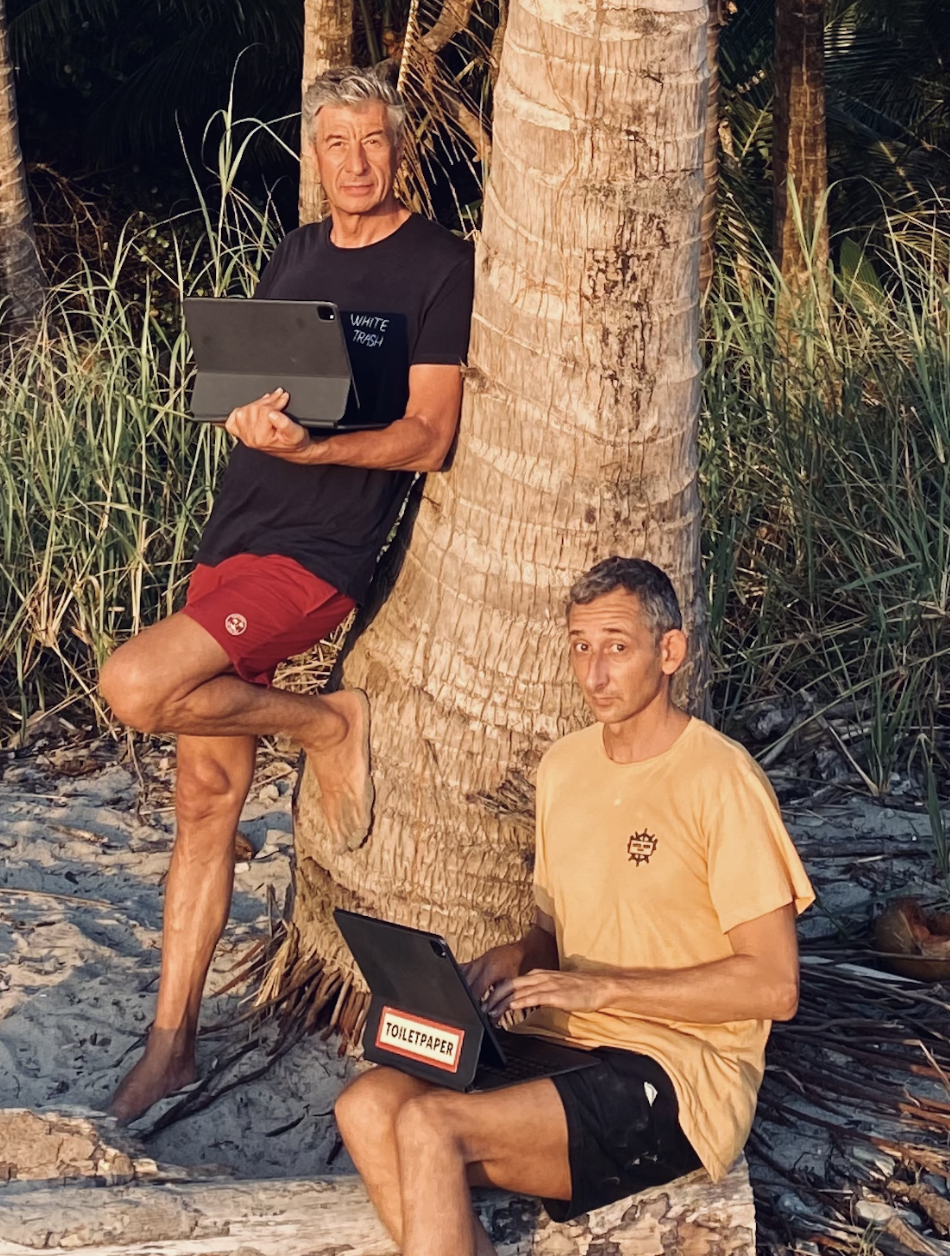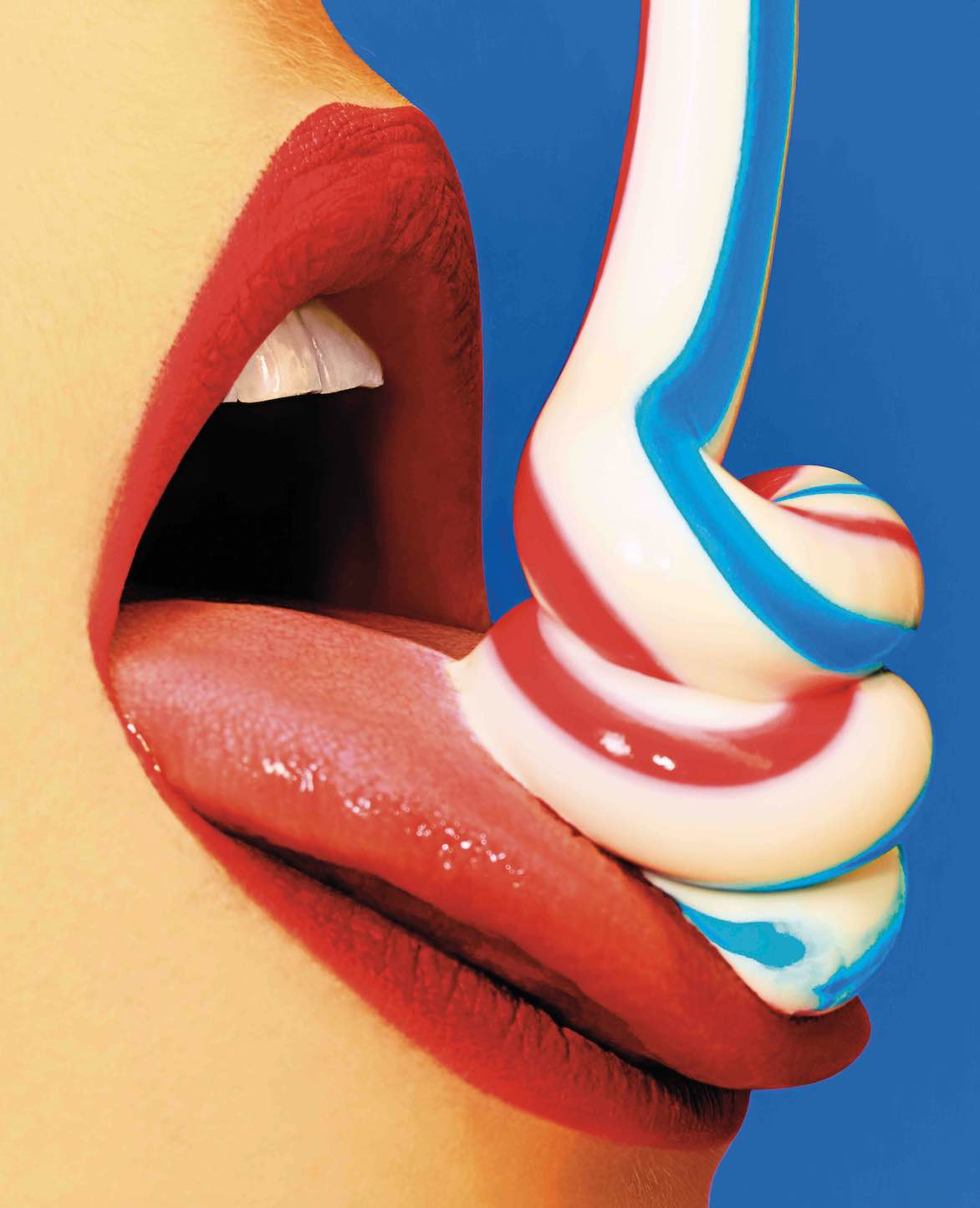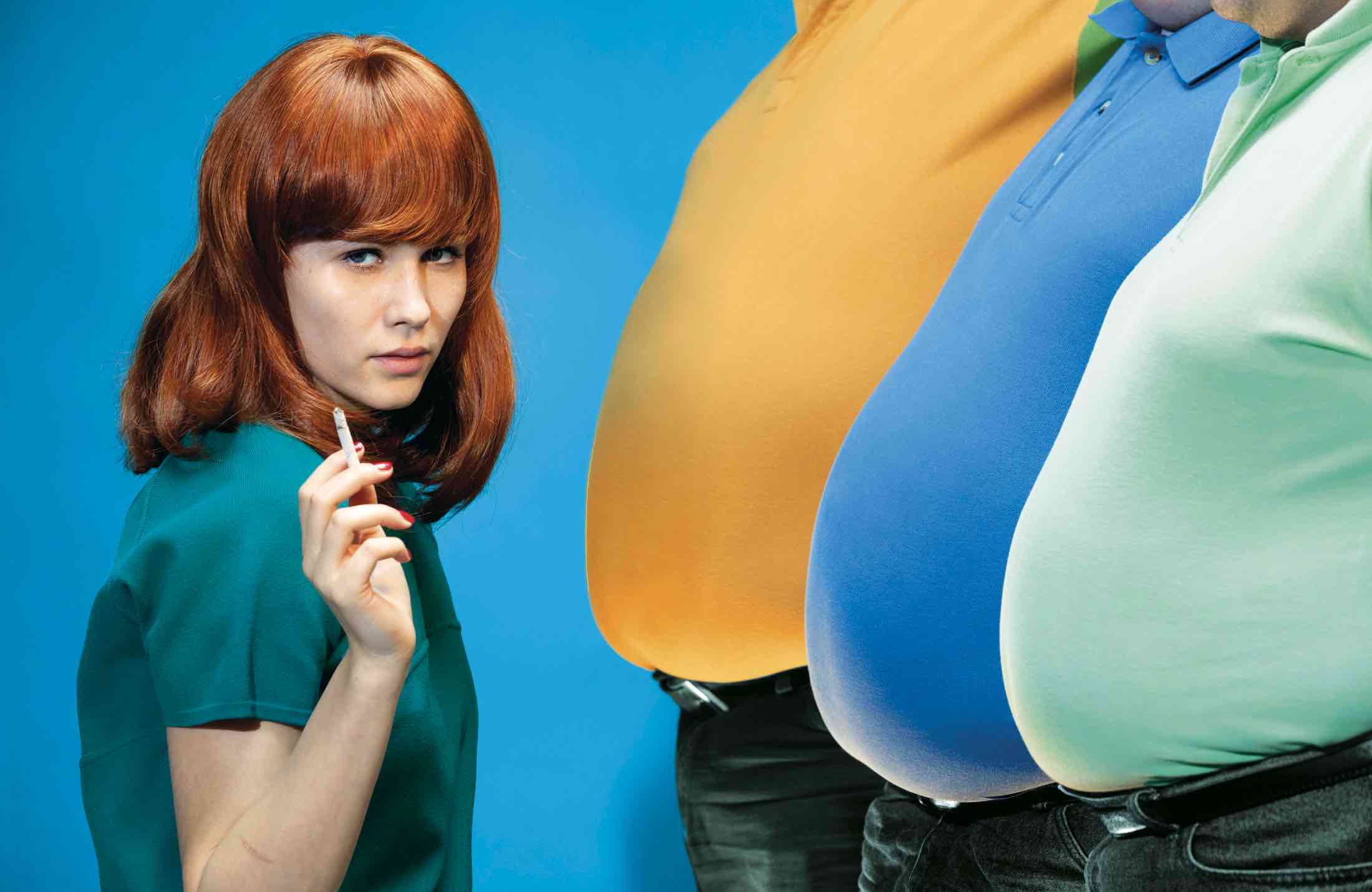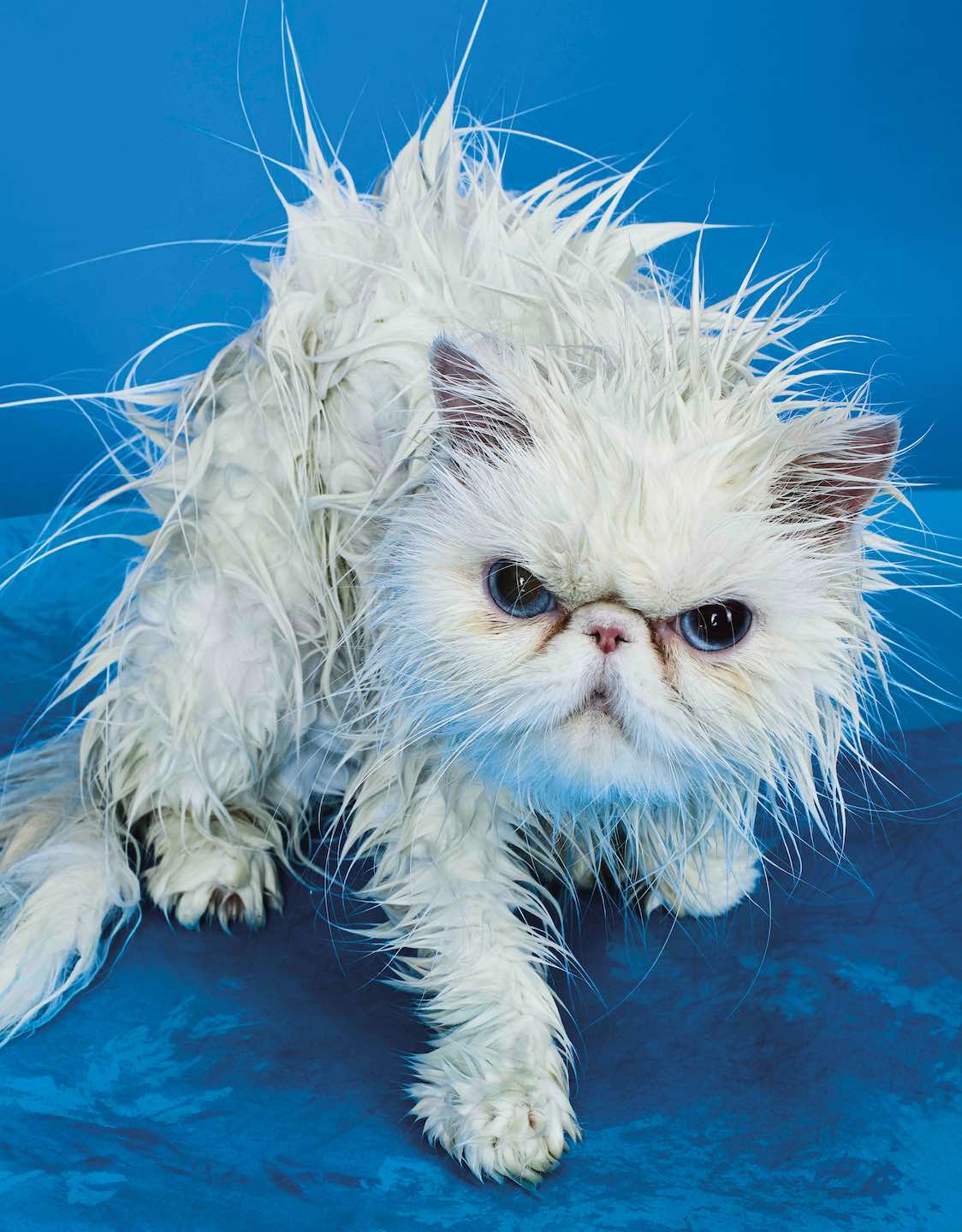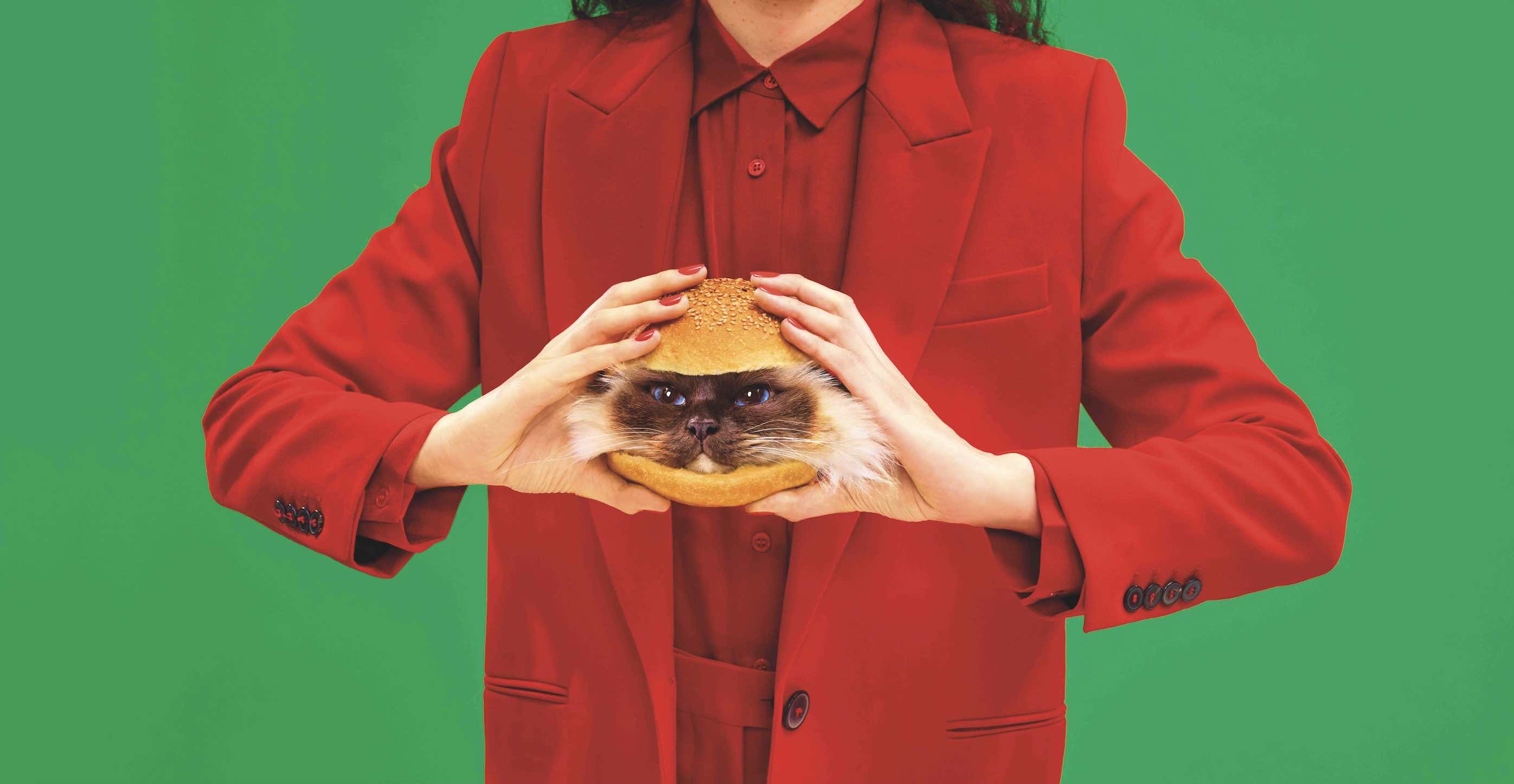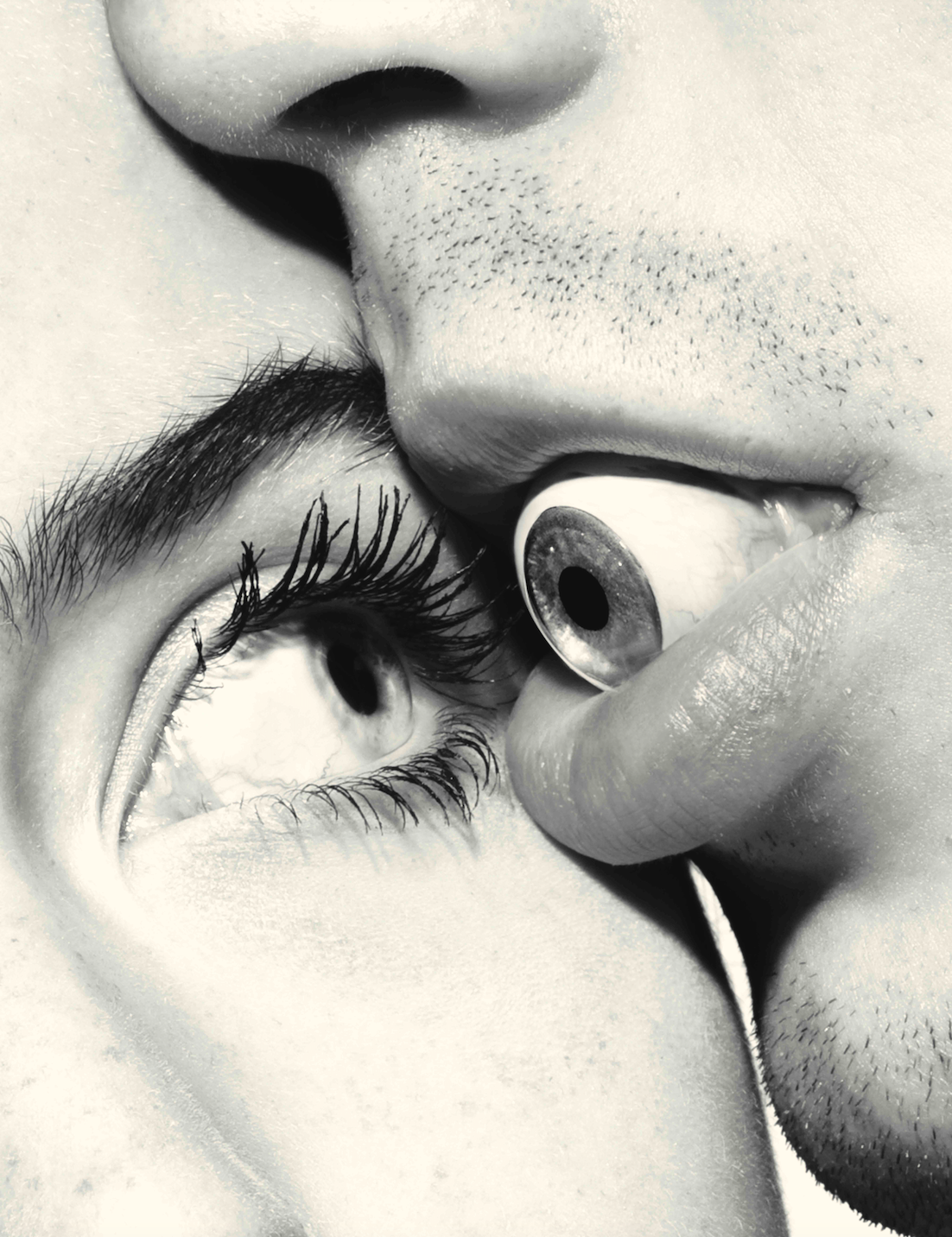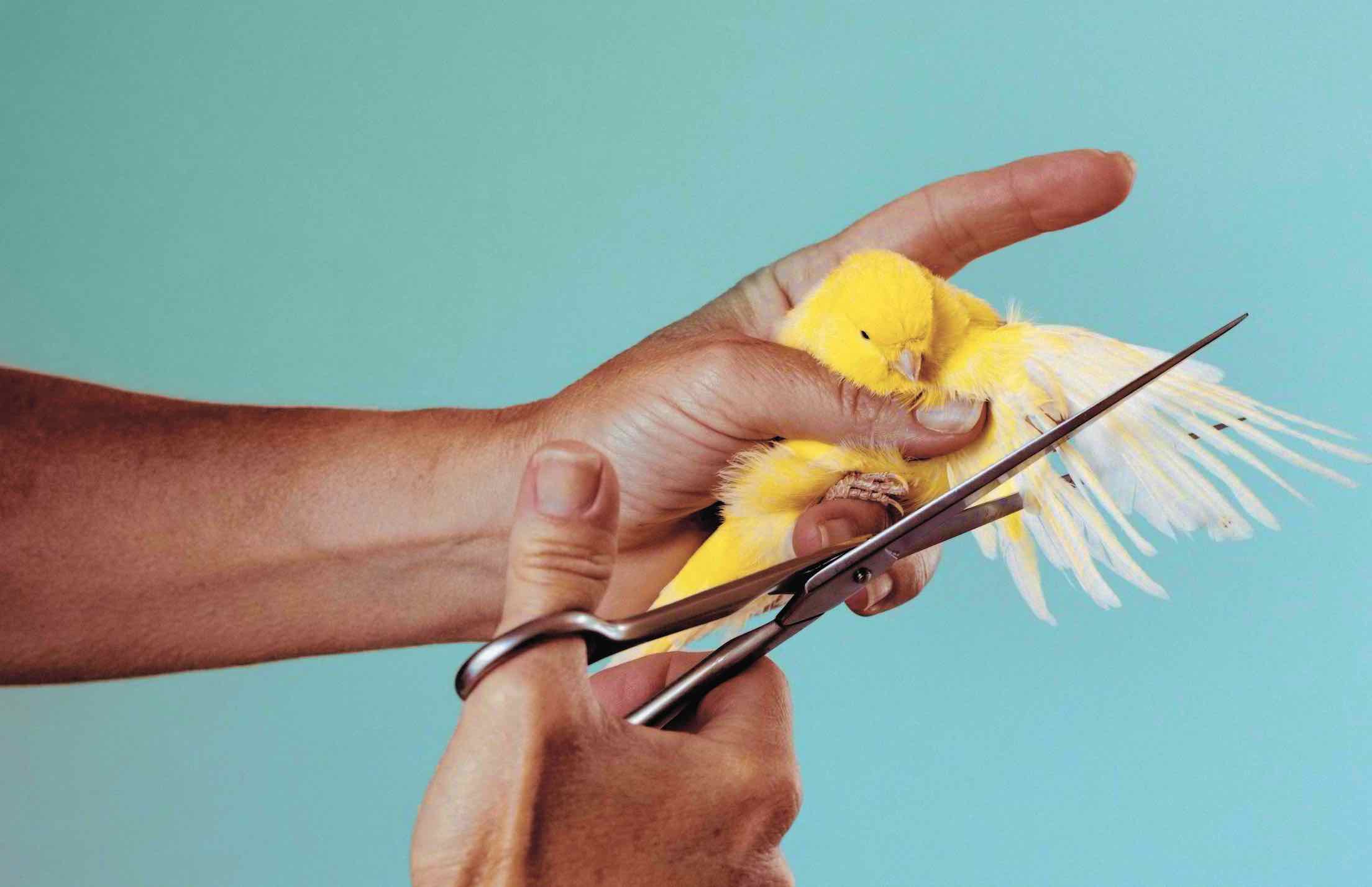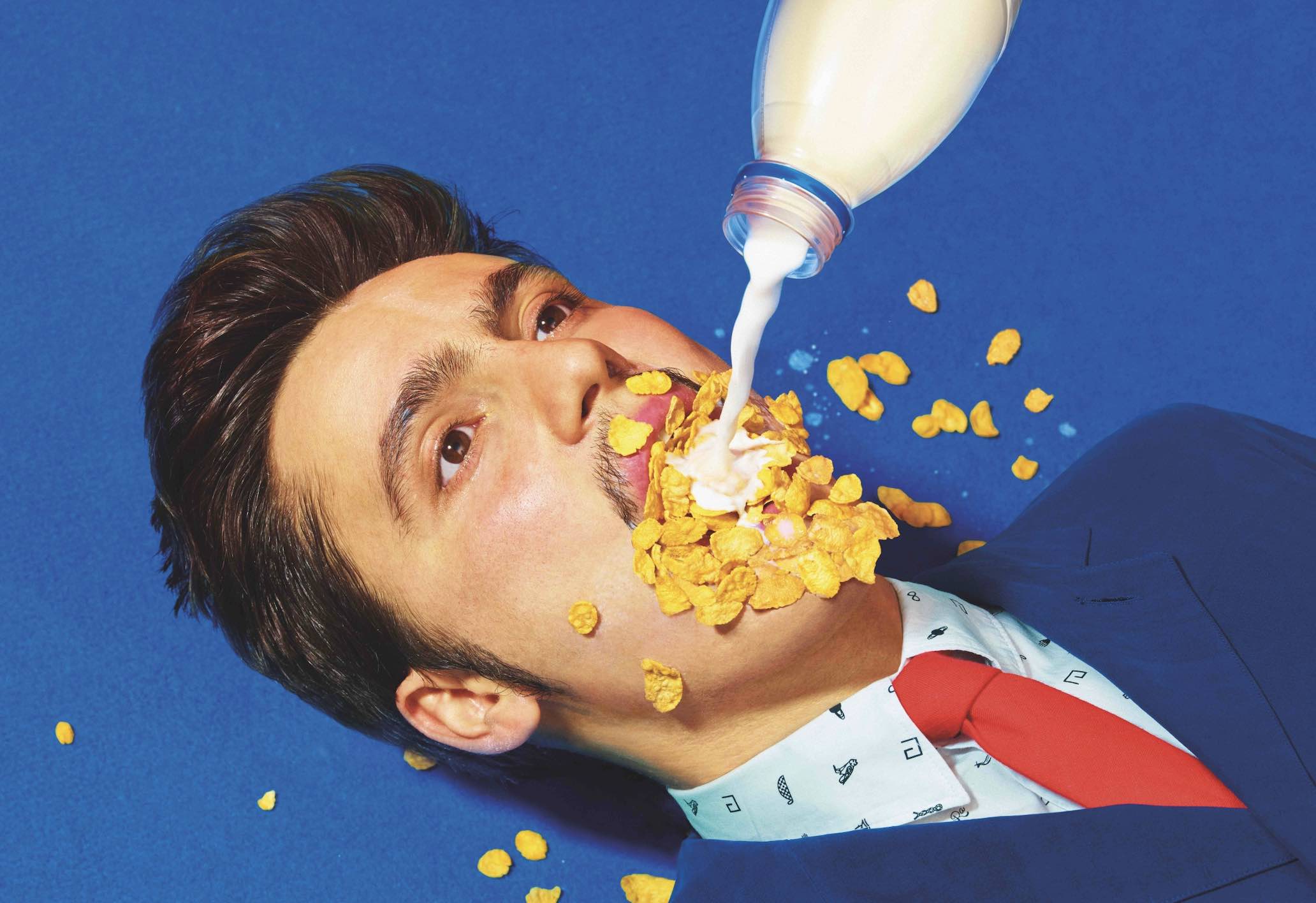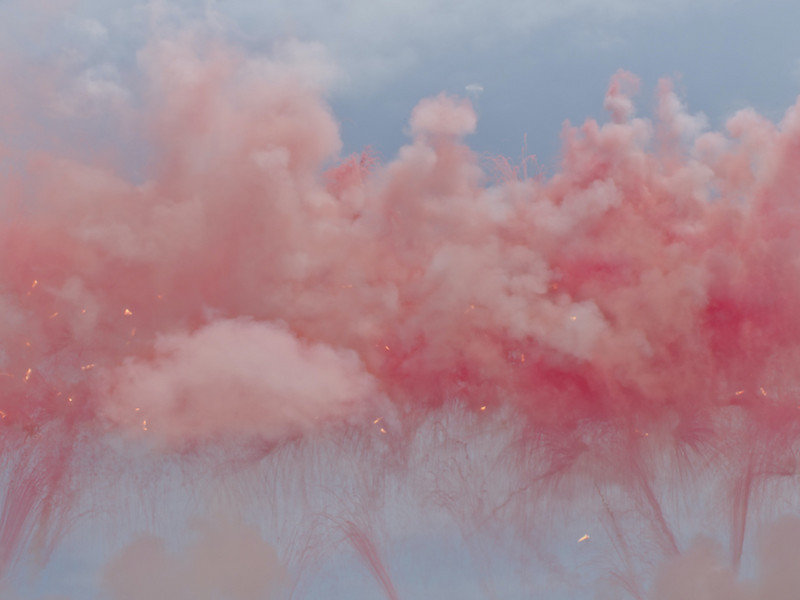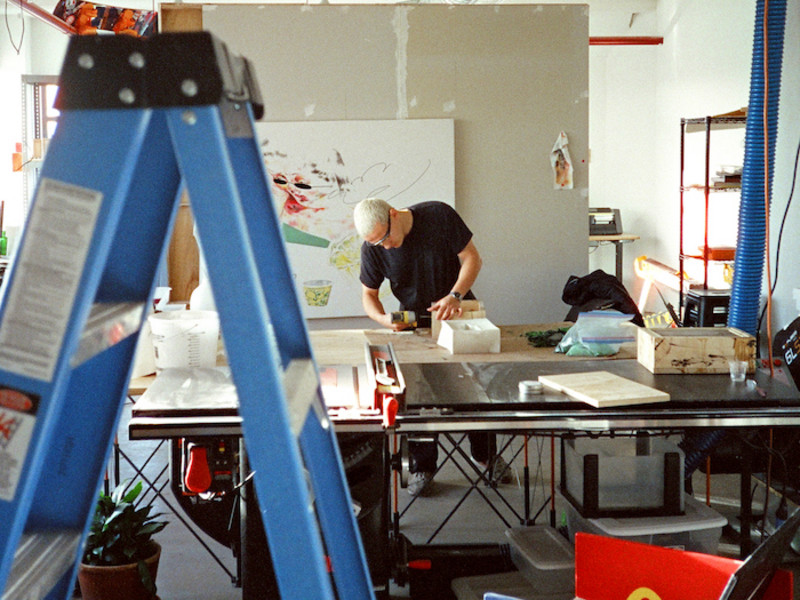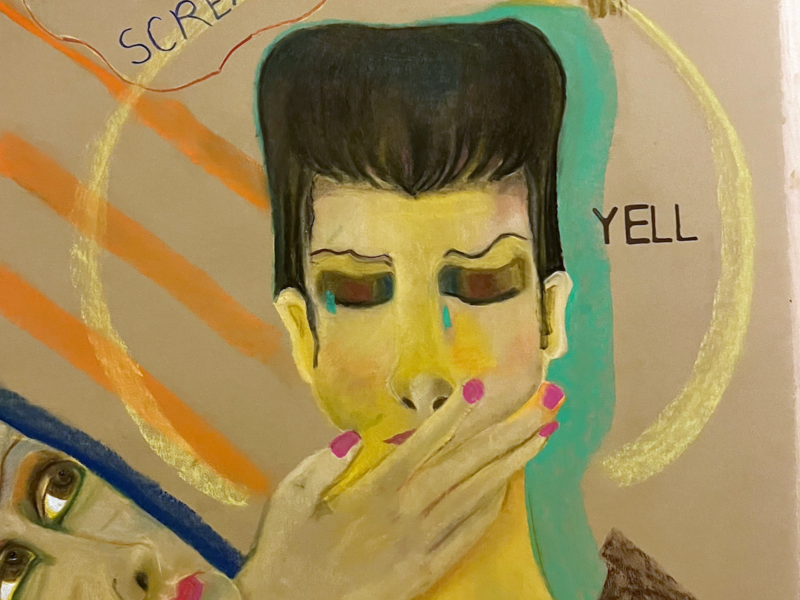The Shadows of Noelia Towers
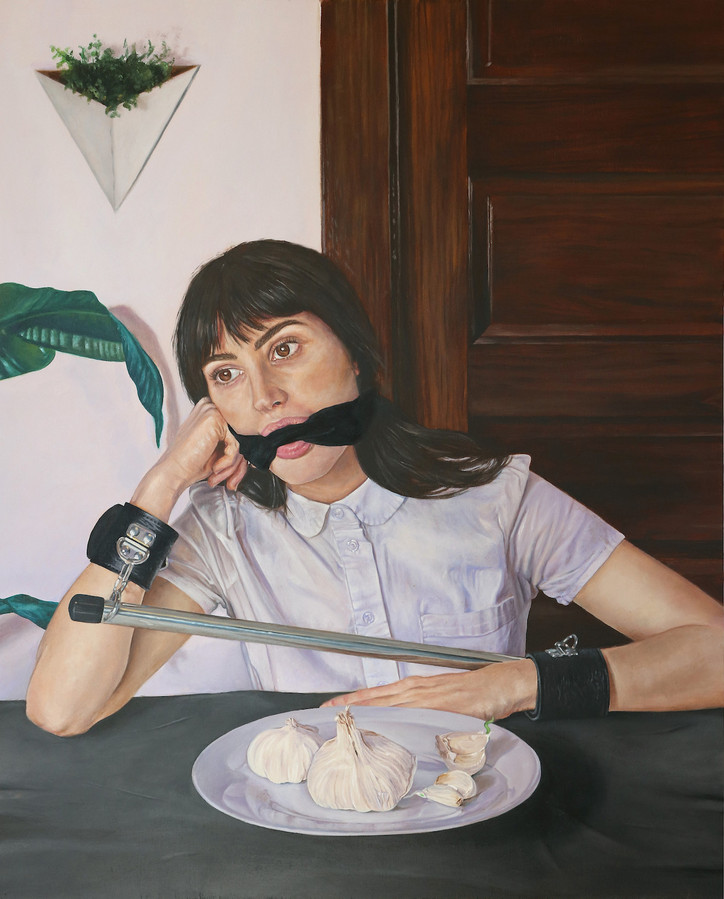
Towers has been painting since she was six years old when her parents involved her in a grass-roots organization that allowed her to explore her early artistic desire. Noelia was the only child in the room, filled with adults far beyond her years. “Maybe as a child that wasn't really the best environment for me,” says Towers, “but in retrospect, it was really good. That's when I learned everything I know.”
At seventeen, she took a break from painting as a whole, proclaiming “I hate this, it's for pussies”. That lasted until she entered her Bachillerato after completing high school, meaning that for two years after her graduation, she would choose to study a subject she would like to continue in college. Encouraged by the people around her, she decided to reconnect with the artistic side that she had left behind.
Due to the personal nature of her work, pulling from both the past and present, Towers emphasizes the healing nature of her images, agreeing that the process in itself is a form of therapy. “Everything I paint is mainly very autobiographical,” says Towers, explaining that most of her inspiration is drawn from her own experiences, memories, and aspects of her formative years that were crucial to her development as an adult.
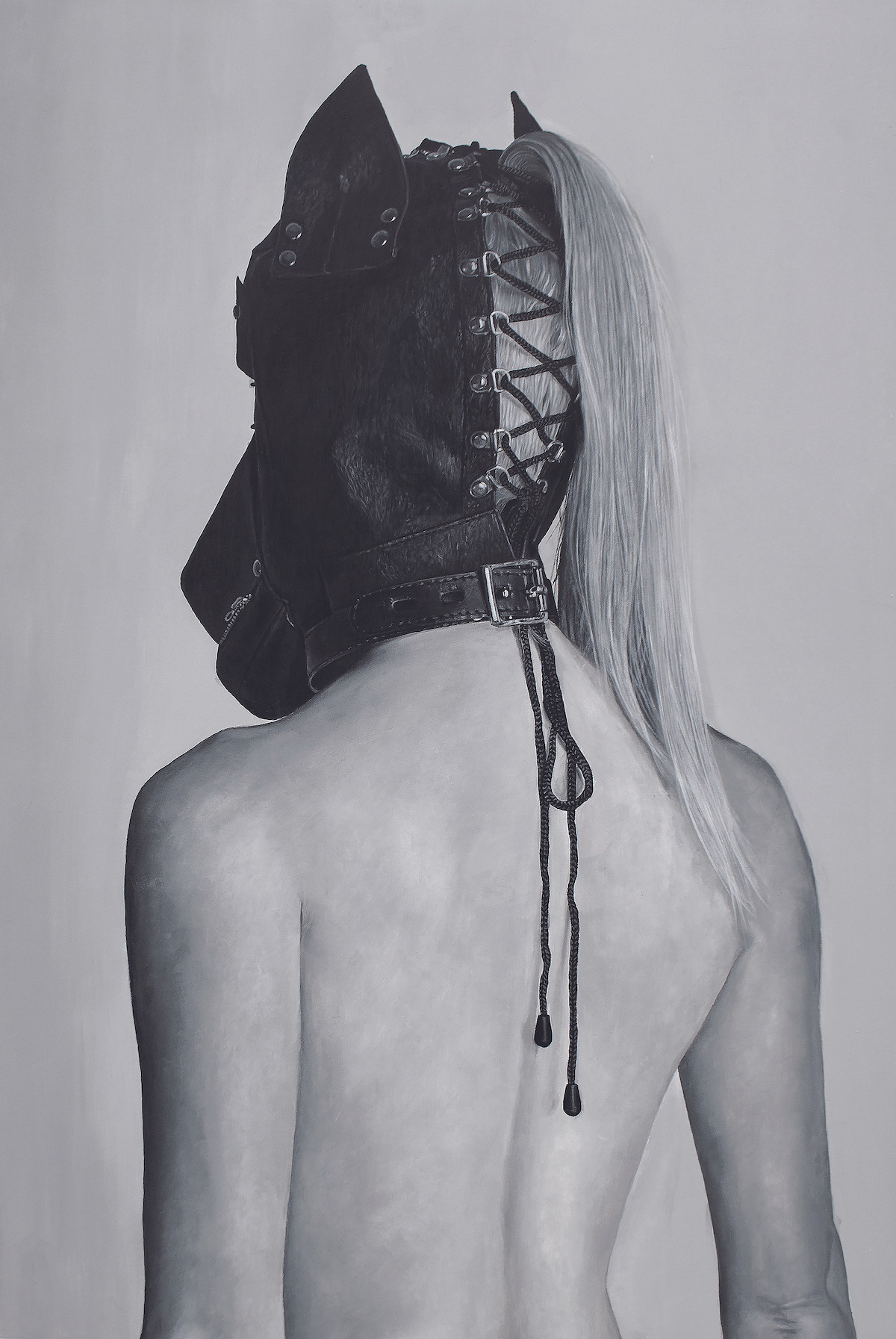

Although she expresses that words are not her forte, she undoubtedly has a talent for the intimate. In her zine "Harmless Confessions", published August of 2021, she fills the pages with writings and polaroids that share poetic, detailed accounts of some of her most formative moments. Tying into the themes and images in her paintings, Towers' work has an obvious and unique voice of its own, allowing us to catch a glimpse of what it is like to be in her brain.
As she paints, she feels she is uncovering aspects of herself that are “deeply rooted in the subconscious”. Even though much of her artistic motvation is drawn from major moments in her life, she continues to pull “the most mundane, basic things” out of the back of her mind. She has found that because of her work, she is learning more about how she functions.
“I feel like the moments of sadness or the moments of severe anxiety or depression are learning moments for me”, says Towers. “It's like after the storm, when the sun comes out. That's when I'm like, okay I'm going to reflect on what just happened and now I have the strength to go back and paint.” She feels that although she has tried many methods, she does not work like other people. “You hear of these troubled artists who are like ‘oh, he made his masterpiece while he was in a deep manic episode’, and I'm like, how? I can't do that. I don't understand how people can make such amazing artworks when they're at their lowest.” Towers unveils that fact that many seem to ignore: whether you like it or not, emotion rules all, both work and play.
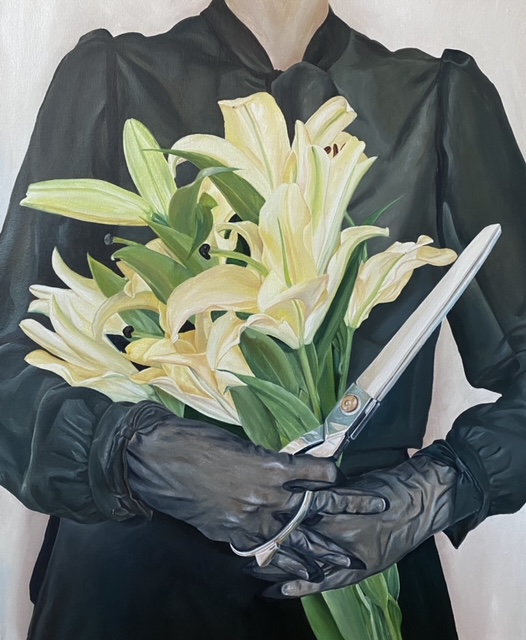
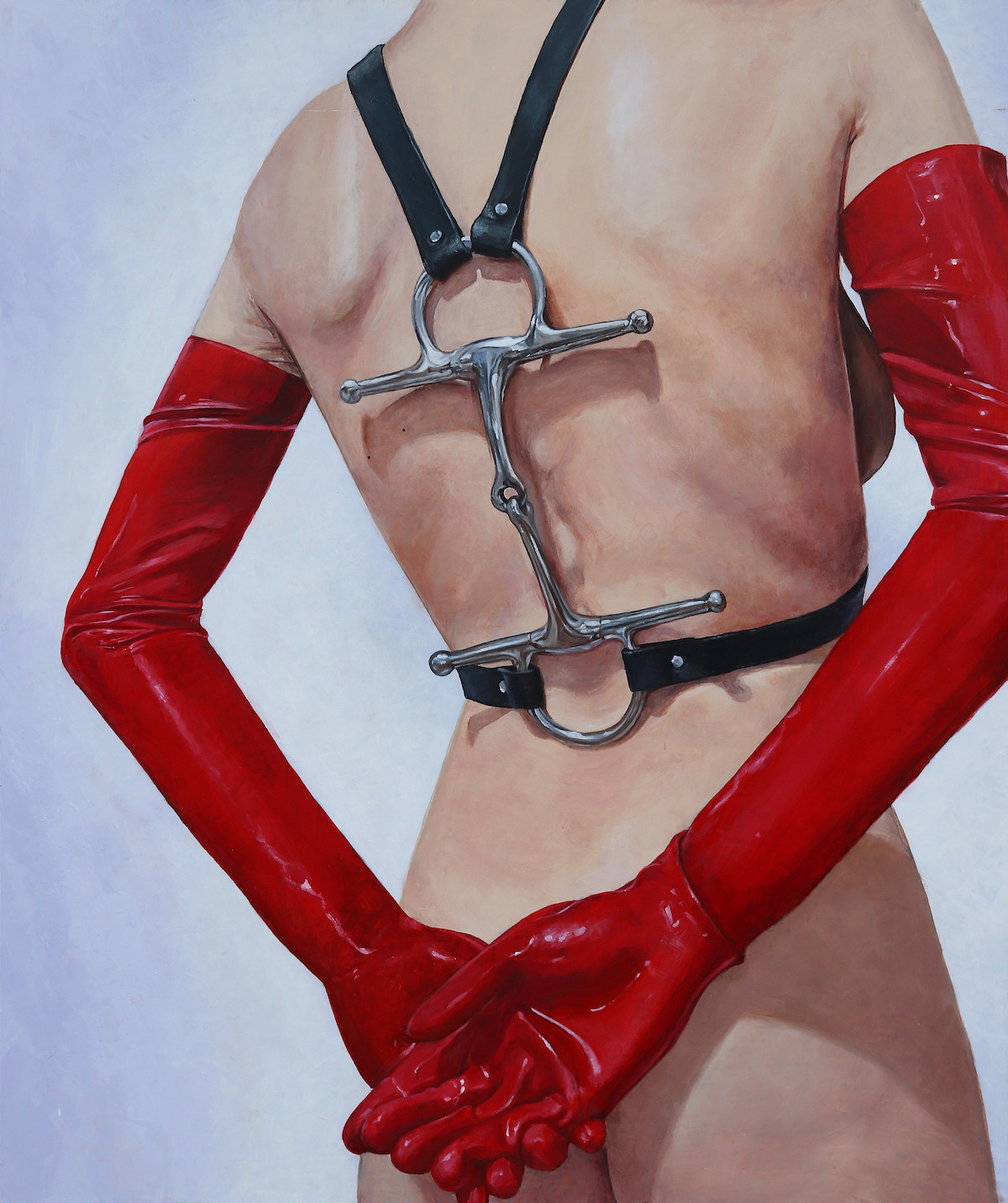
The themes in many of her paintings seem to follow the relationship between pleasure and pain, contrasting a soft and traditionally feminine image with an omnipresent dark feature. In explanation for this, she expresses that “I always feel like there's a duality in me, and I'm sure it's the same way for a lot of people, but I feel like my paintings are a mix of that duality, and I think I am doing a really good job of exposing it the best I can.”
She describes the subjects in her paintings as “shadows” that work in juxtaposition to how she outwardly portrays herself. She compares it to how people explain astrology, with the sun and the moon representing how you present yourself to the outside world, saying ”I give you this side of me that I want you to know about, but I'm also showing you hints about this other side of me that I'm maybe not so proud of, or a side that I'm exploring and I'm not quite sure of”.
Without the face of the subject being explicitly shown, Towers is truthful to her narrative while allowing it to resonate with others. She explains that “it could easily be a person that relates to my work, and something that resonates with other people without having a face explicitly in it.” Although she wants to stay true to the fact that the picture draws back to her at the end of the day, she invites space for alternative narratives.
In Towers’ upcoming New York showcase at Half Gallery Annex in September, she revealed that a piece includes her face, but is missing a key feature. “My eyes are closed. I feel like the eyes give away a lot, so I wanted to keep that part hidden and still private.” She explains that she feels like she's being a bit more brave in this particular show and in her future art as a whole. She wants to play with leaving things to the imagination without being completely secretive, vulnerable but still resilient, reminding me that “sometimes what we don't say, what we don't show, are just as important as the things that are shown”.

